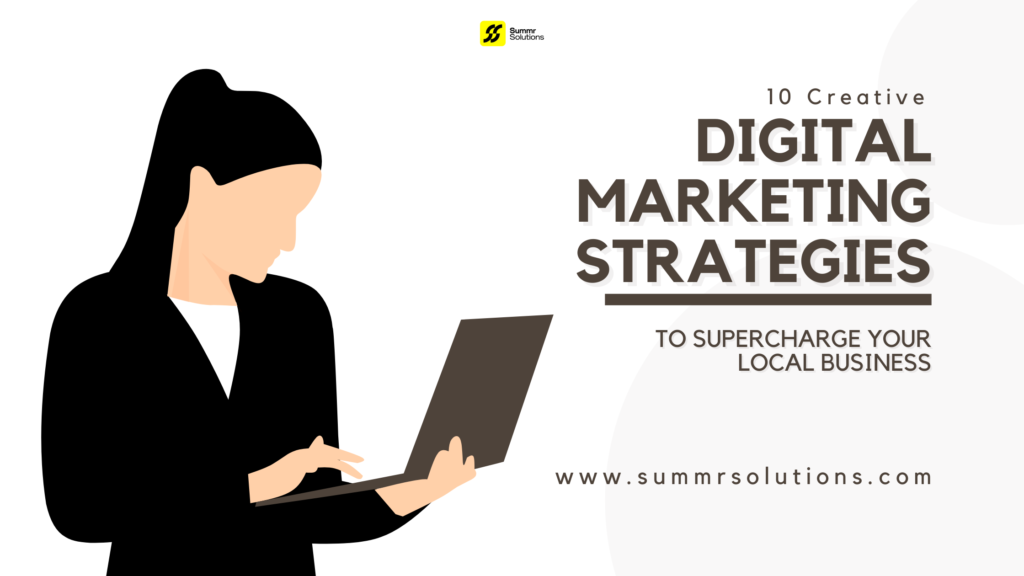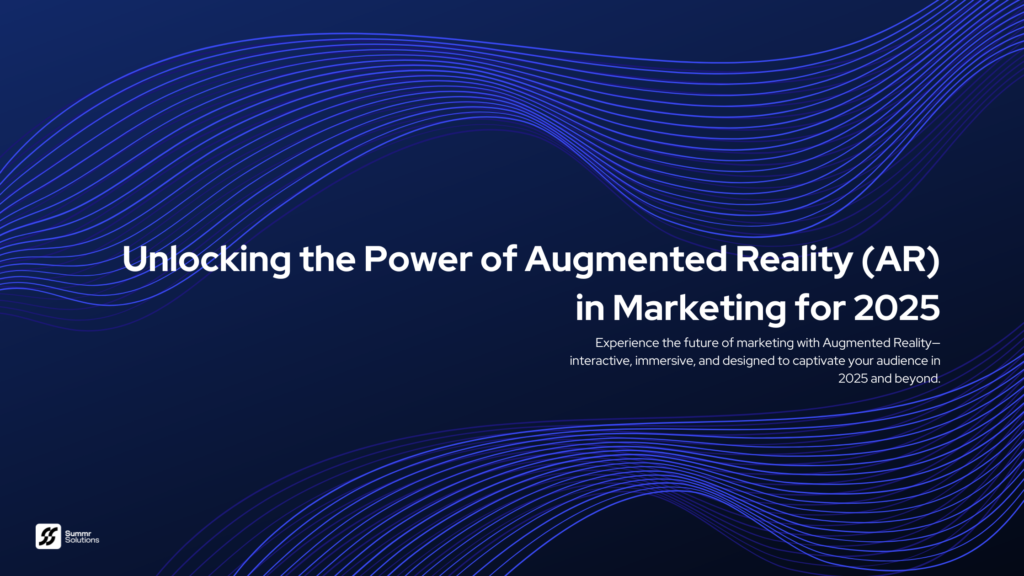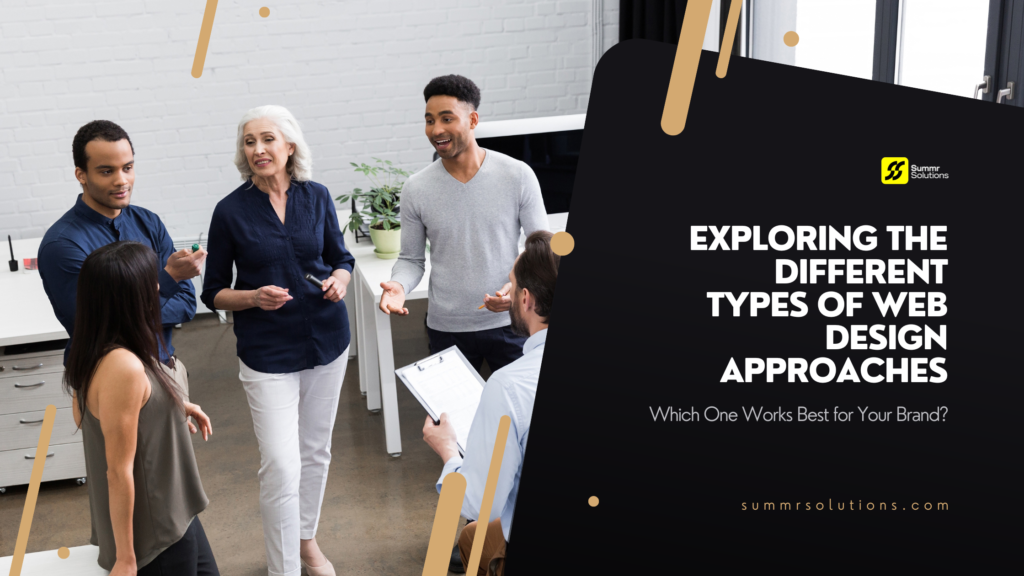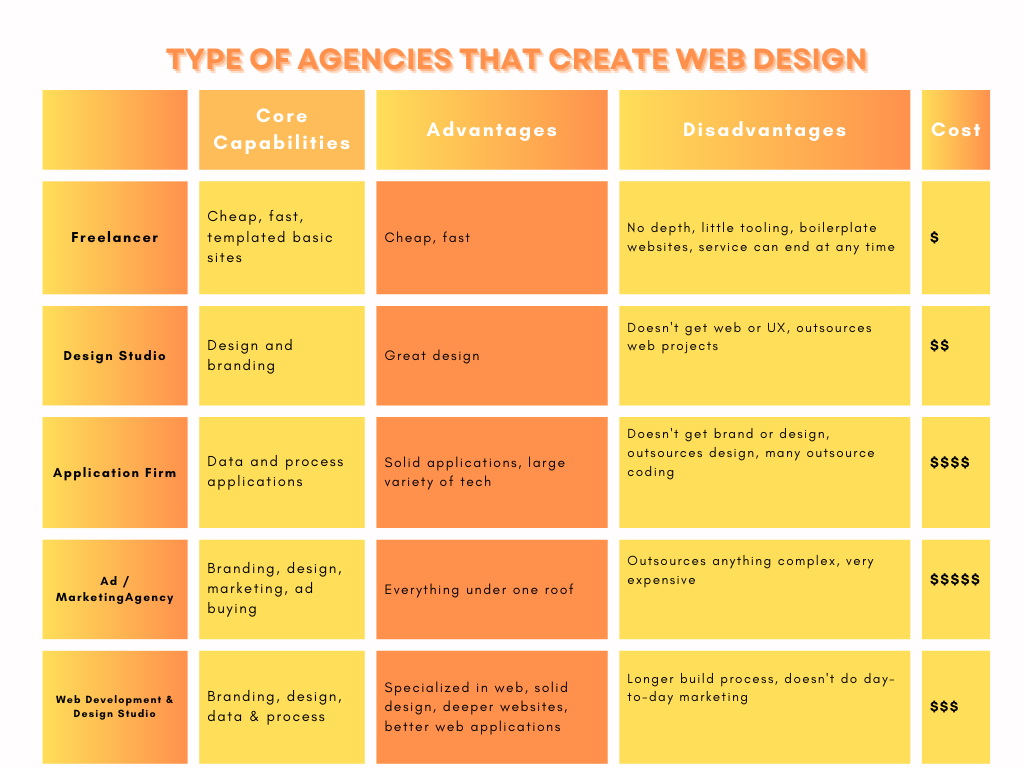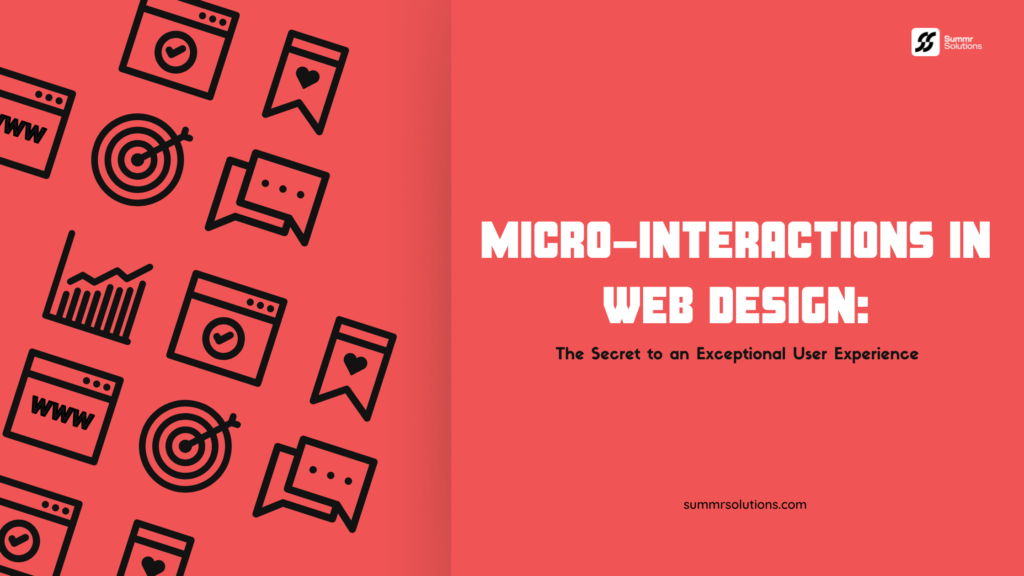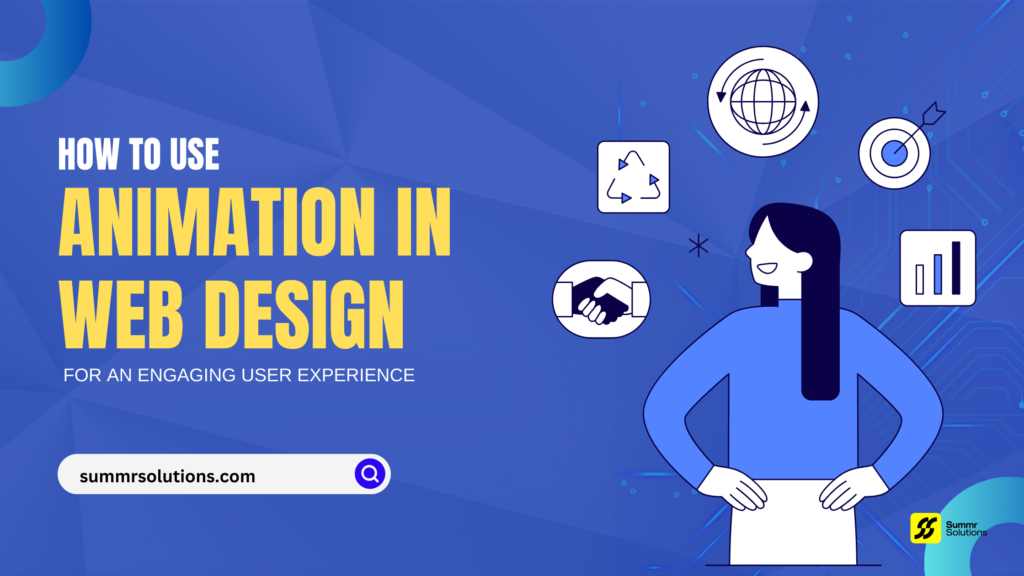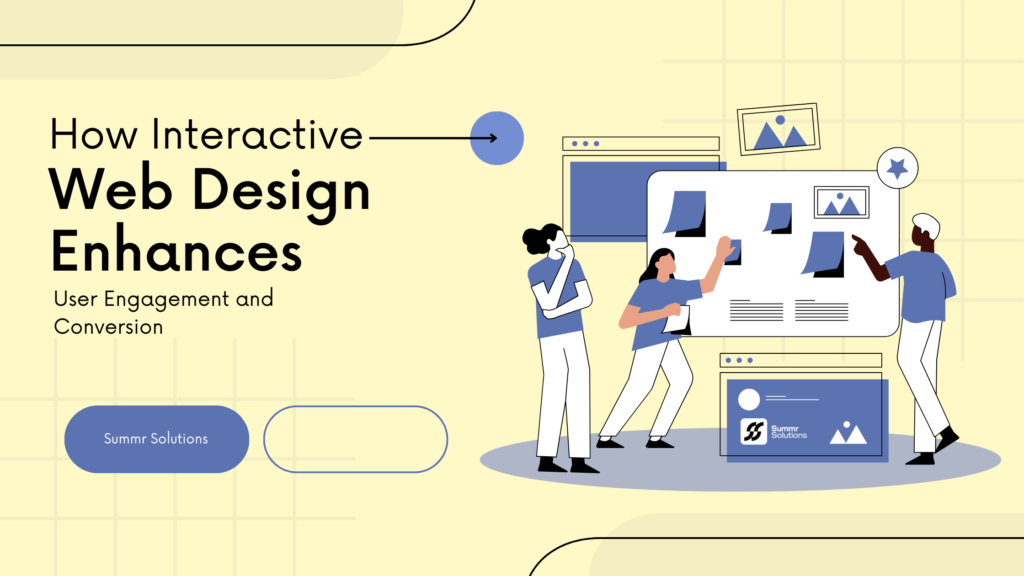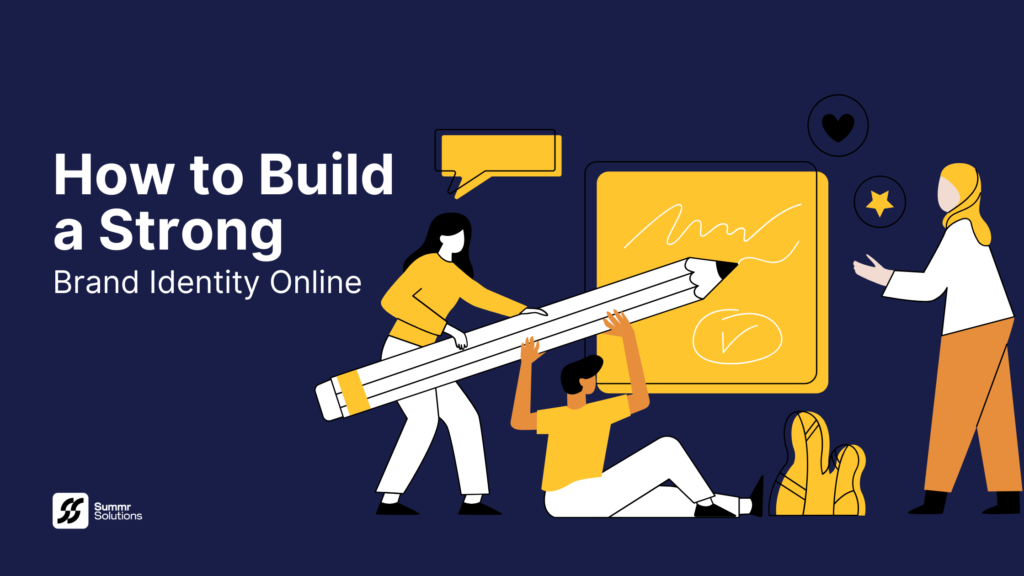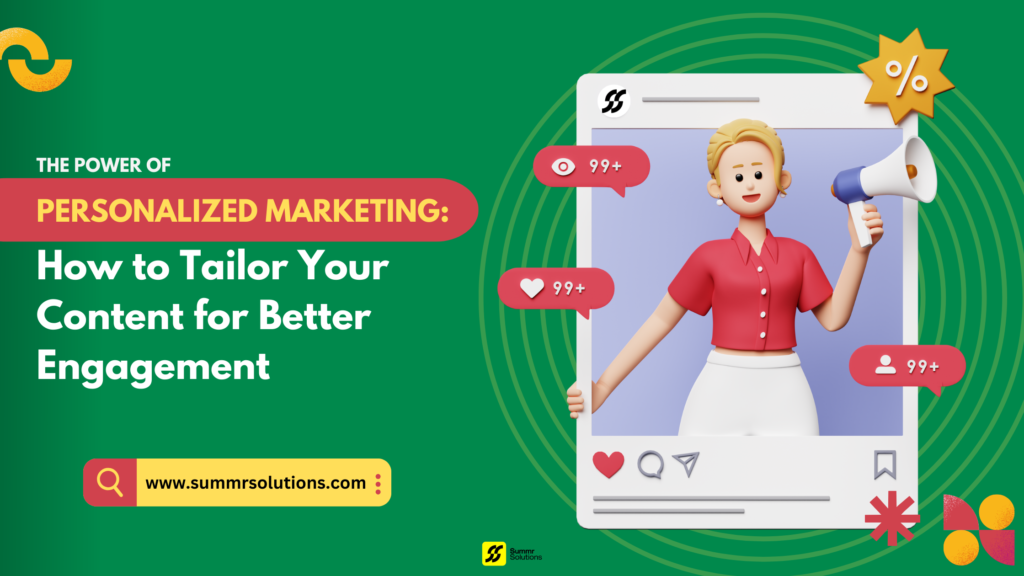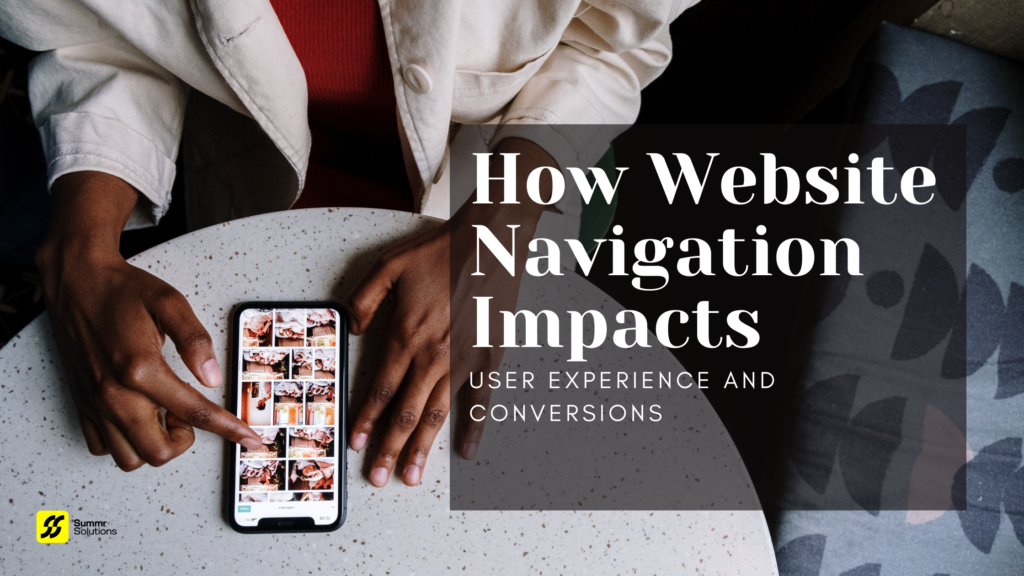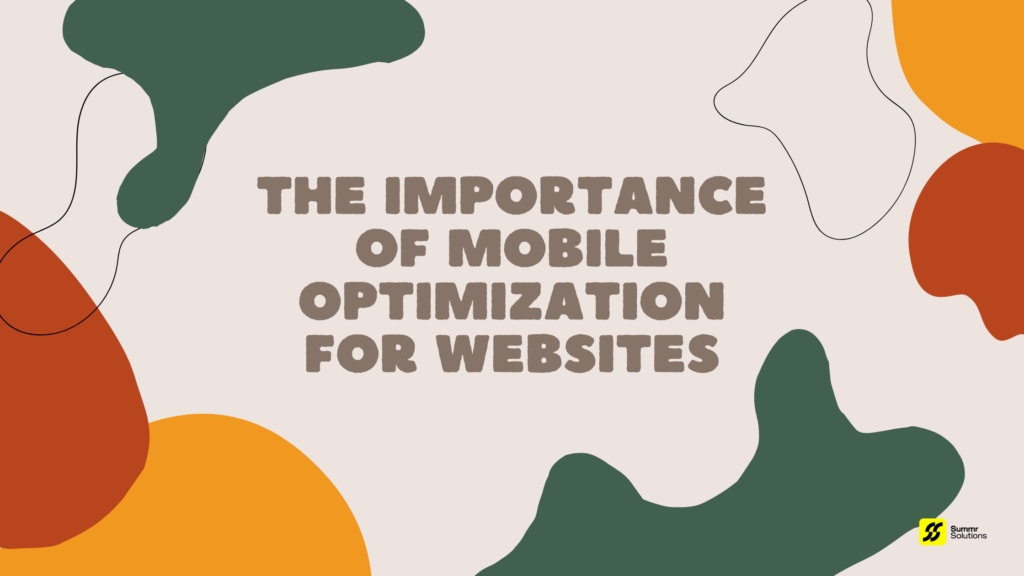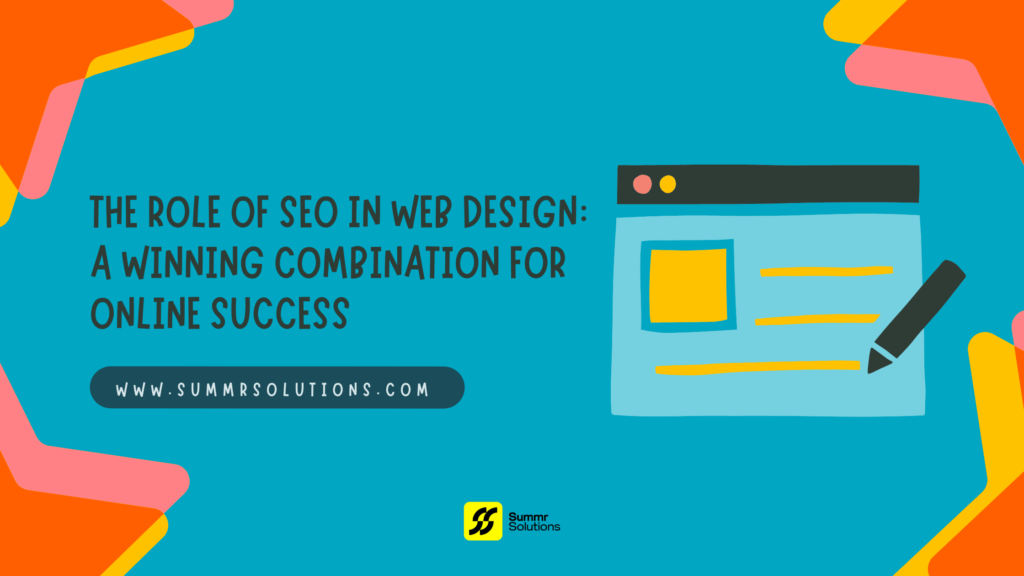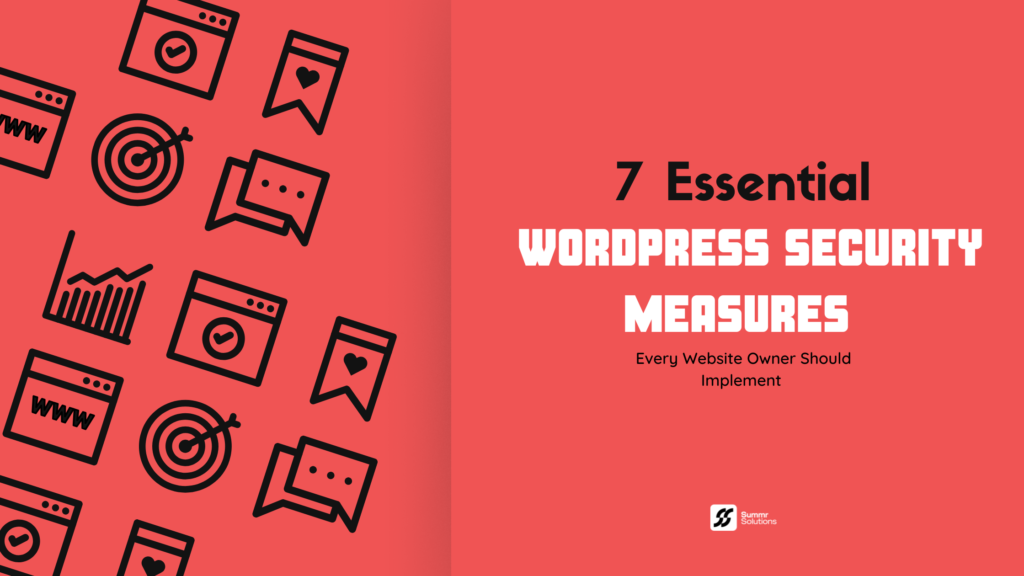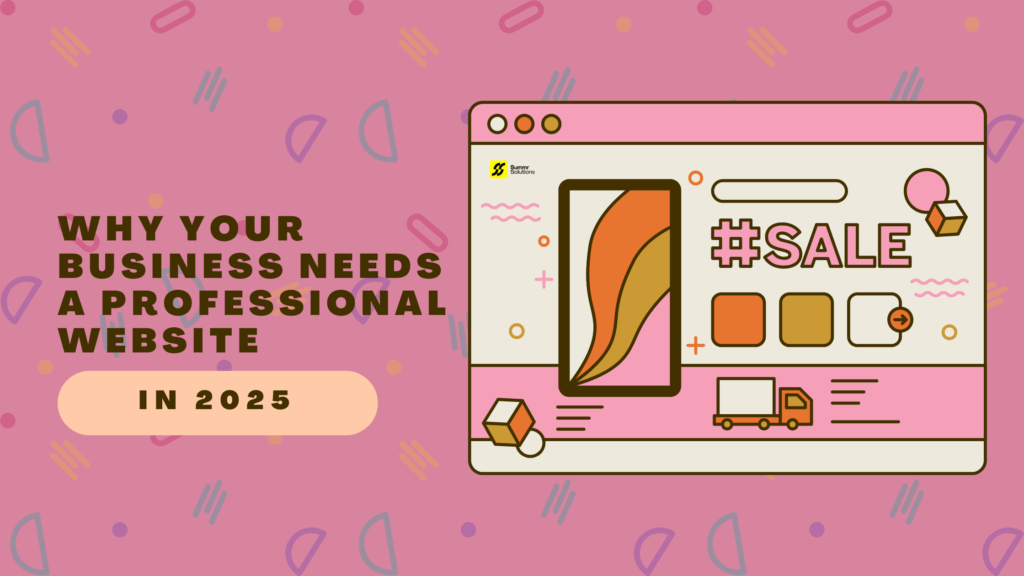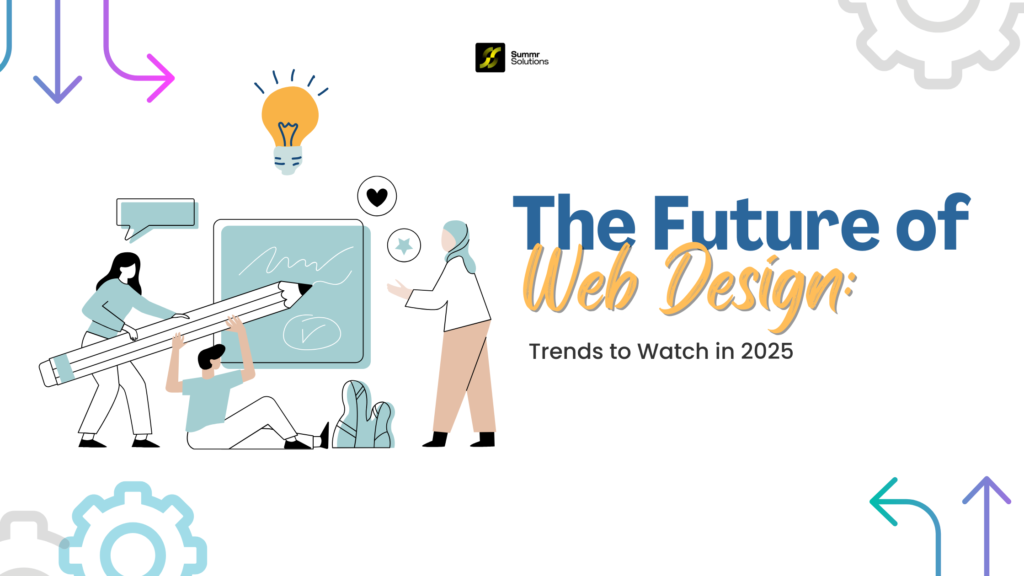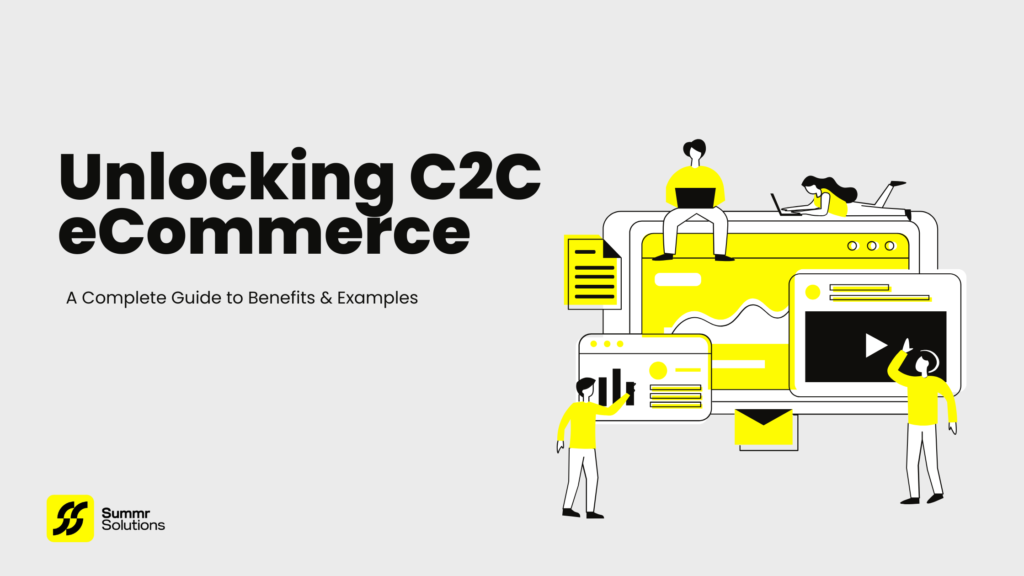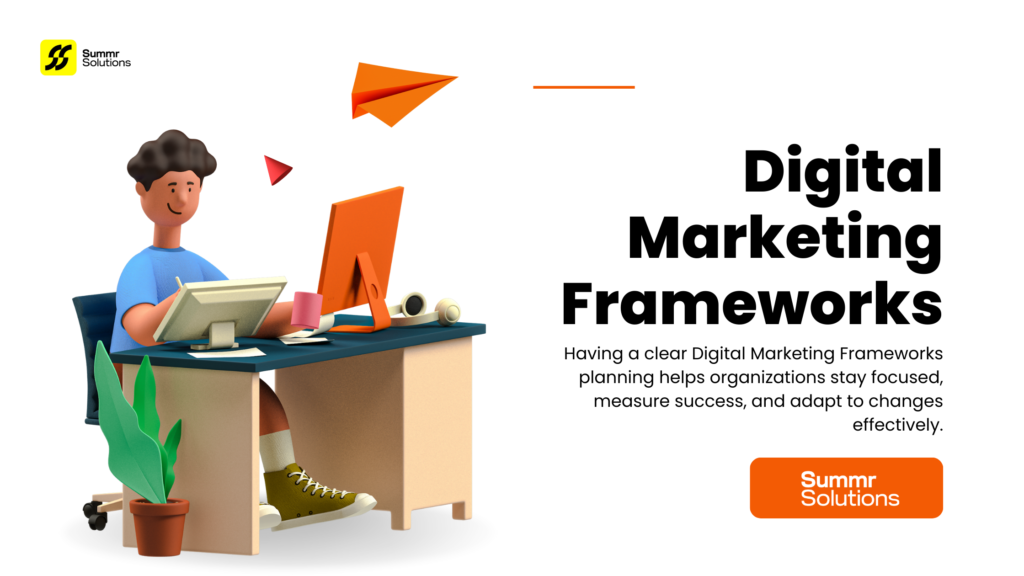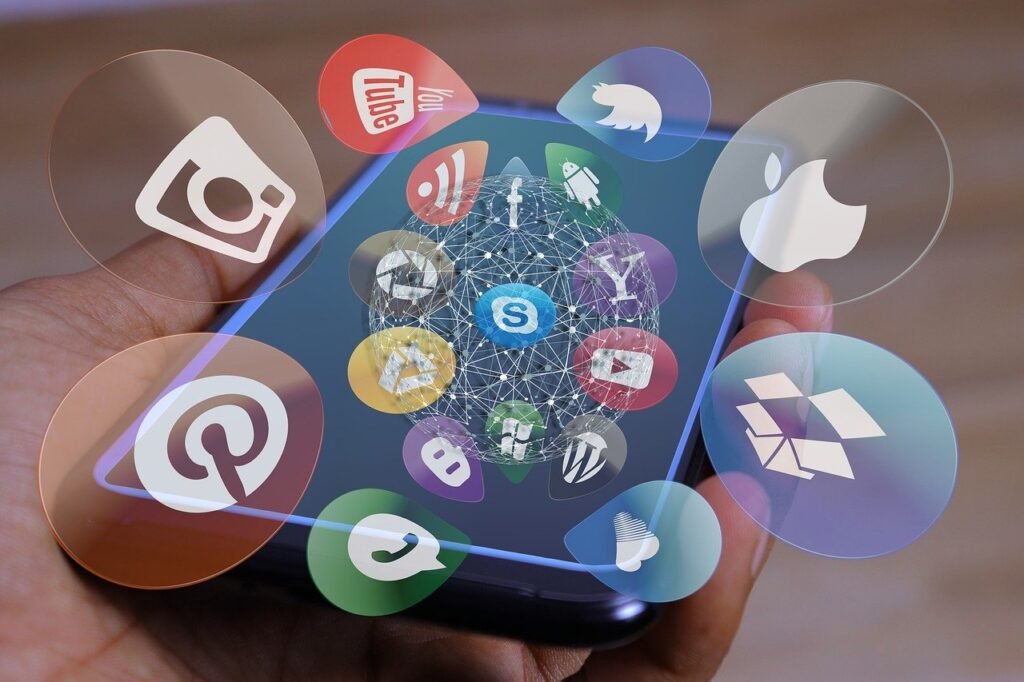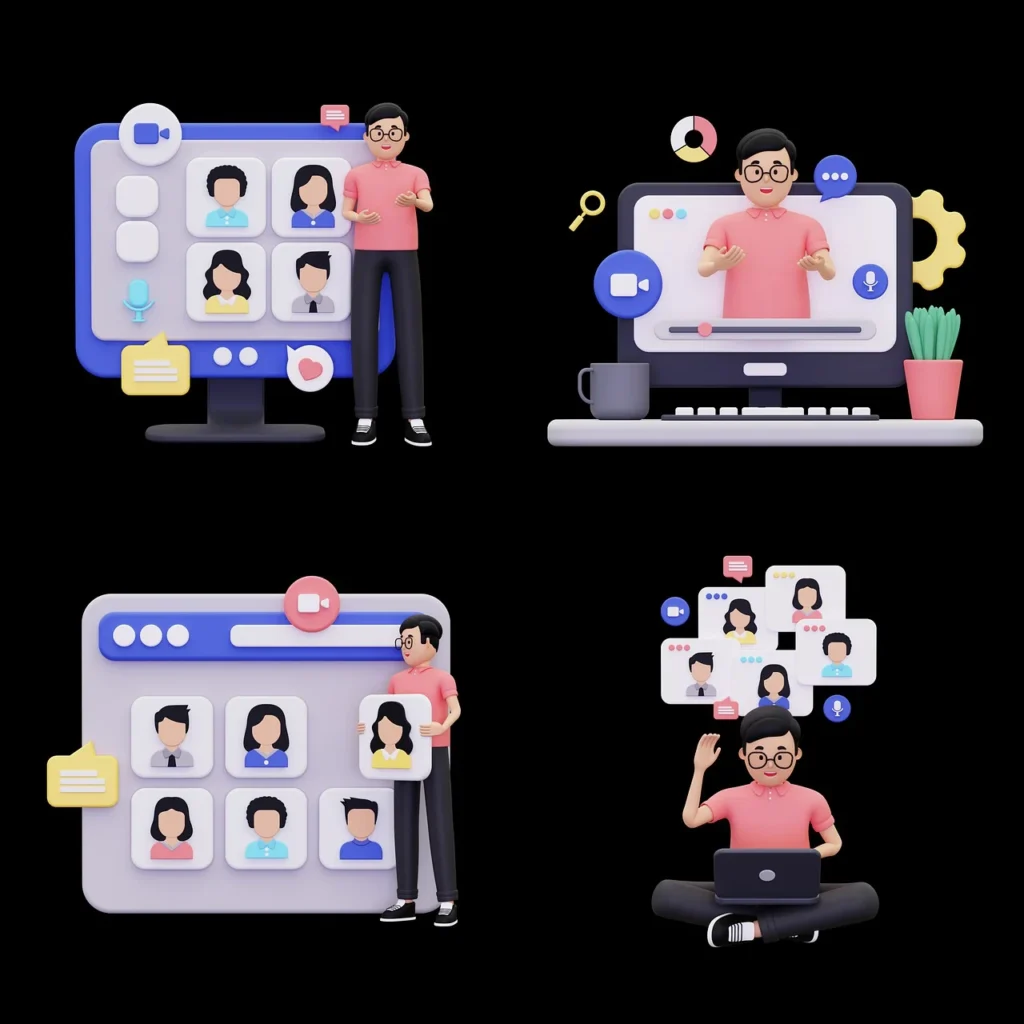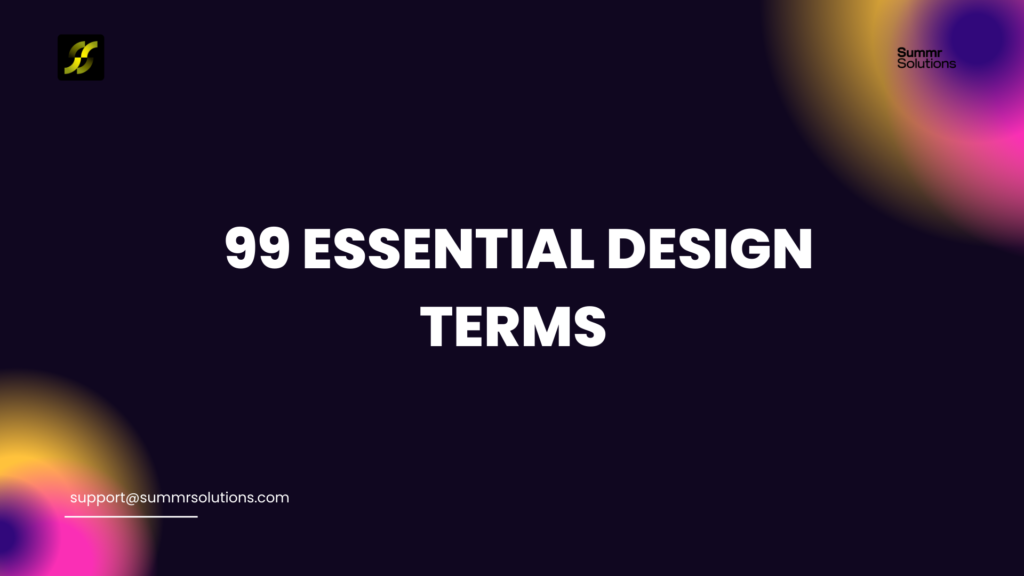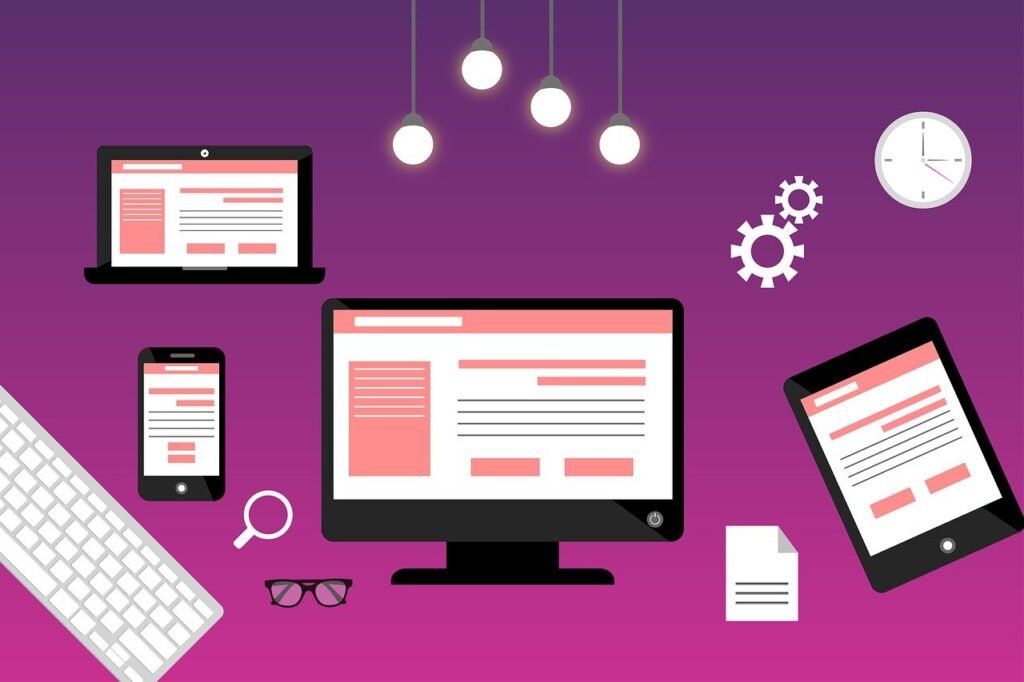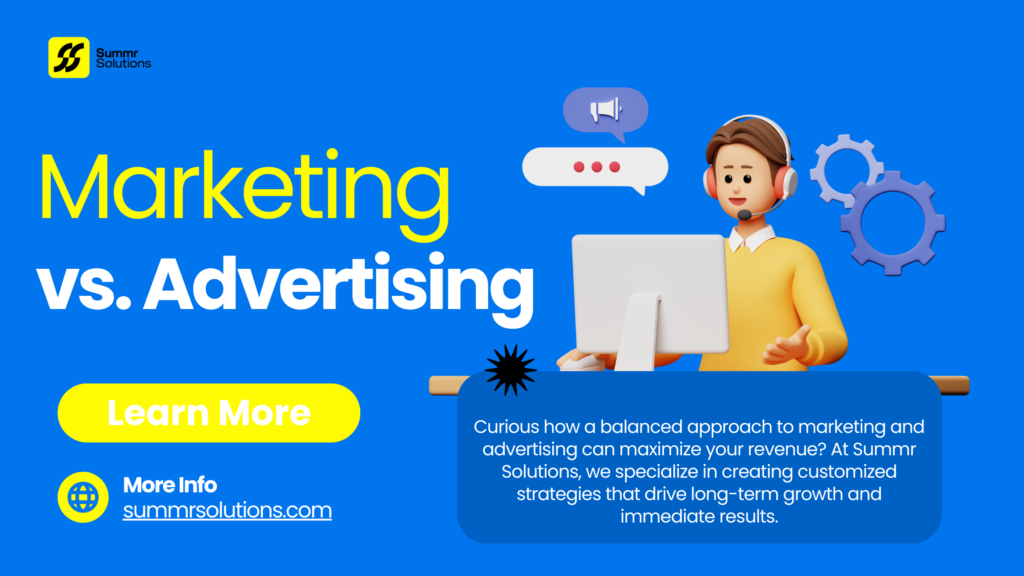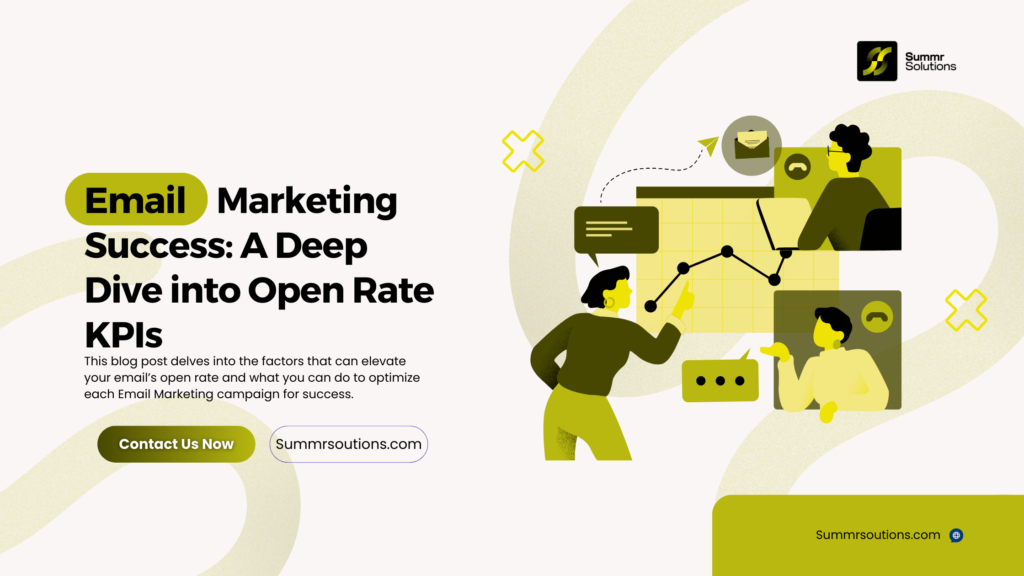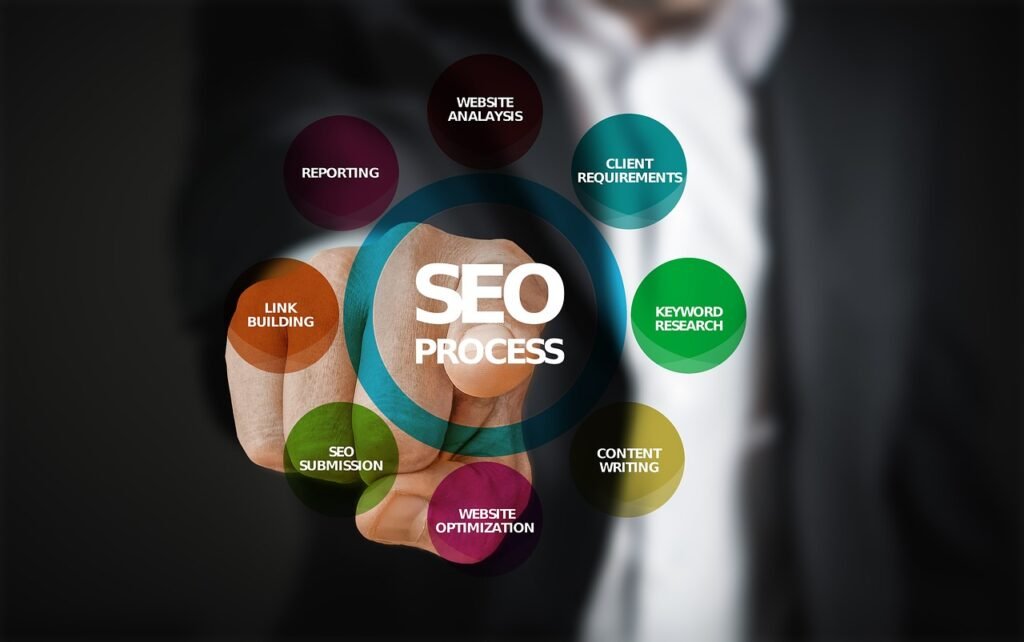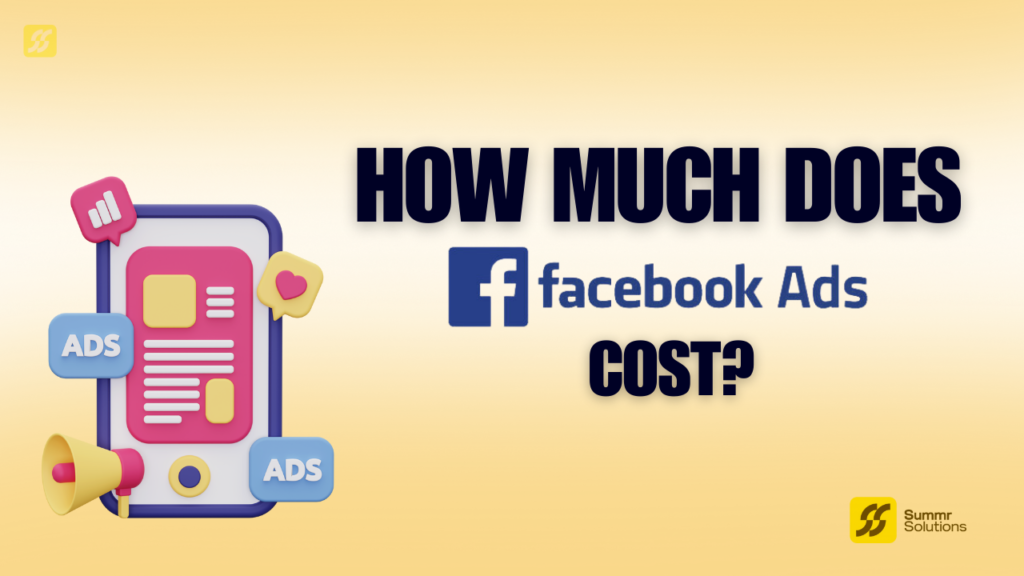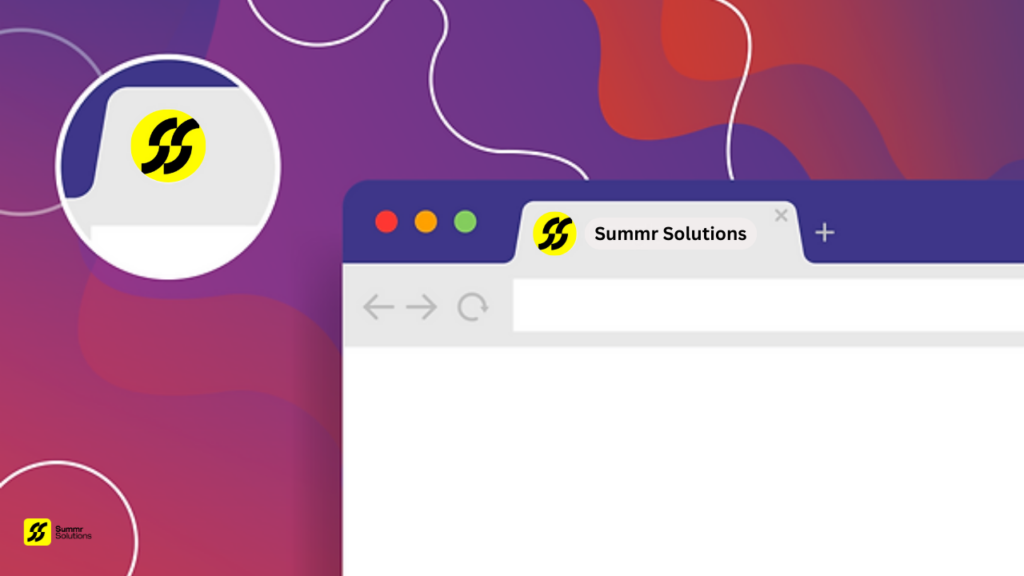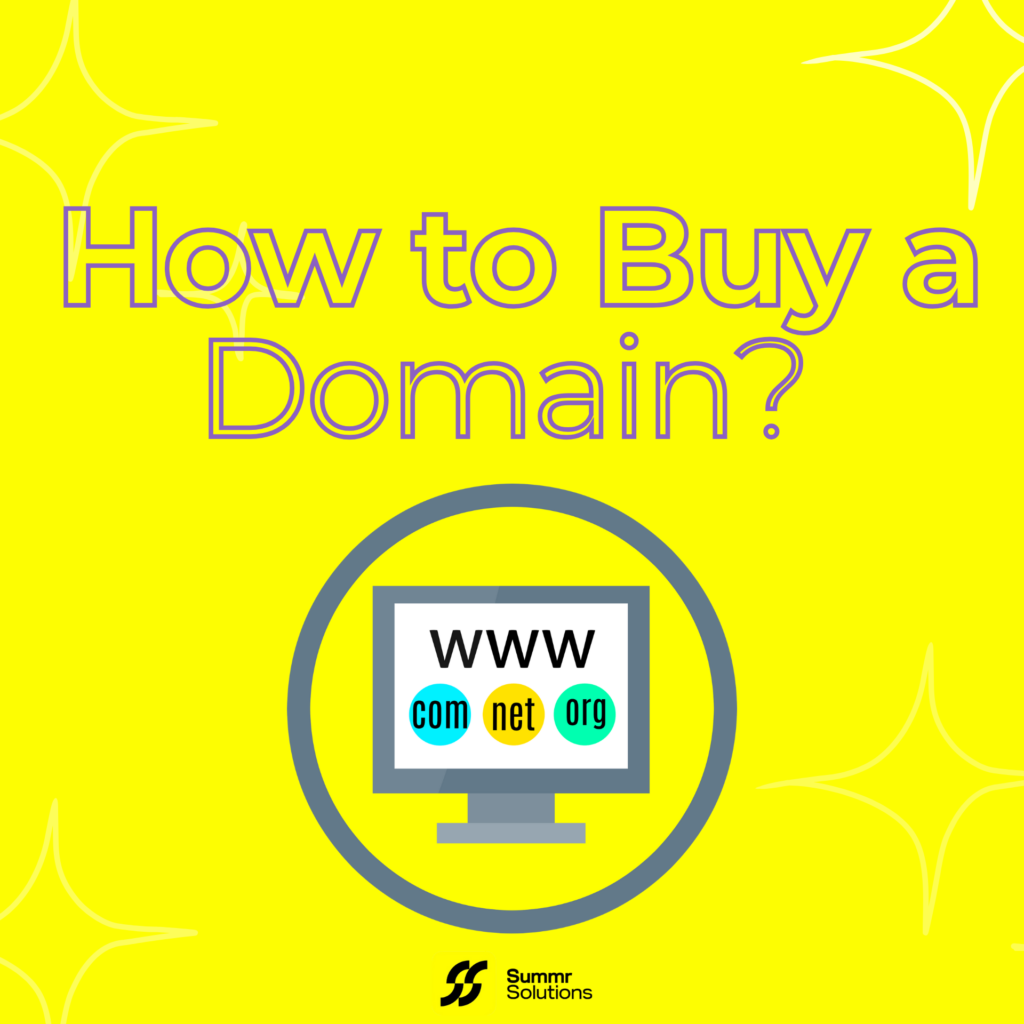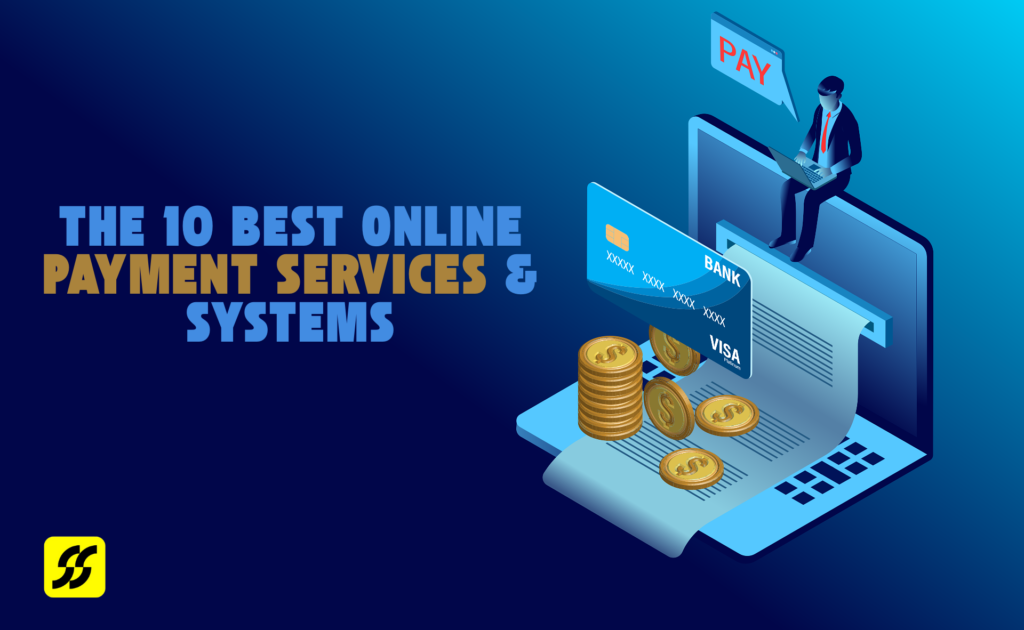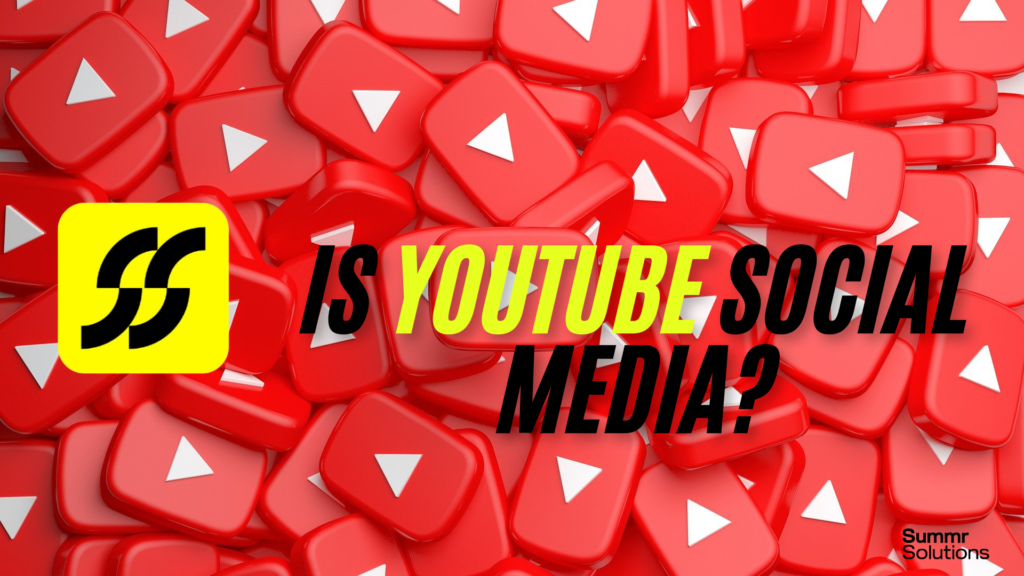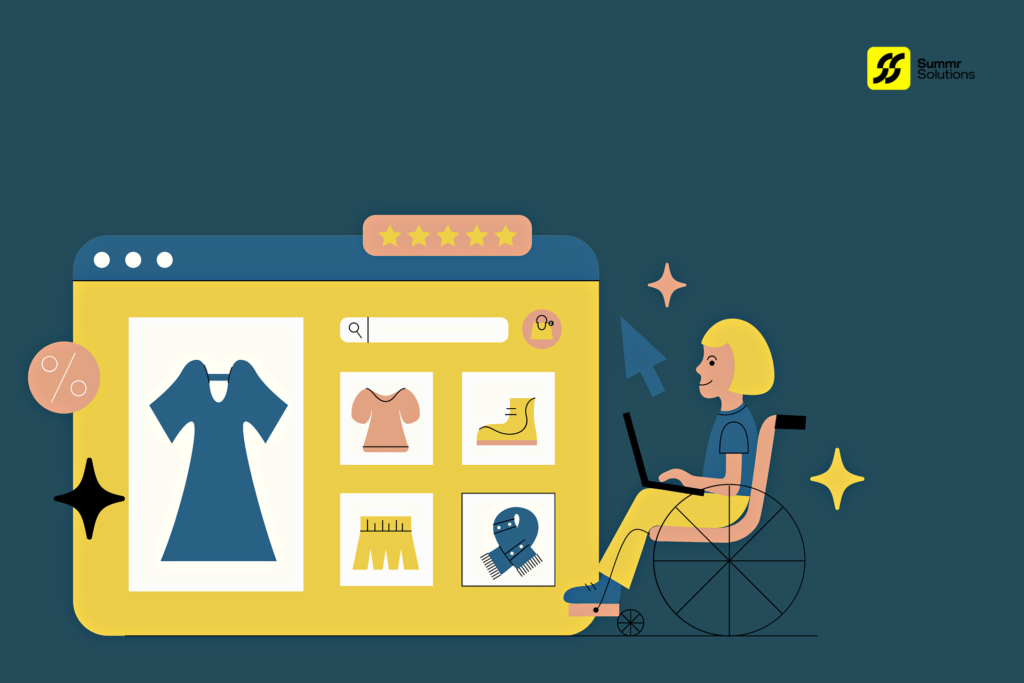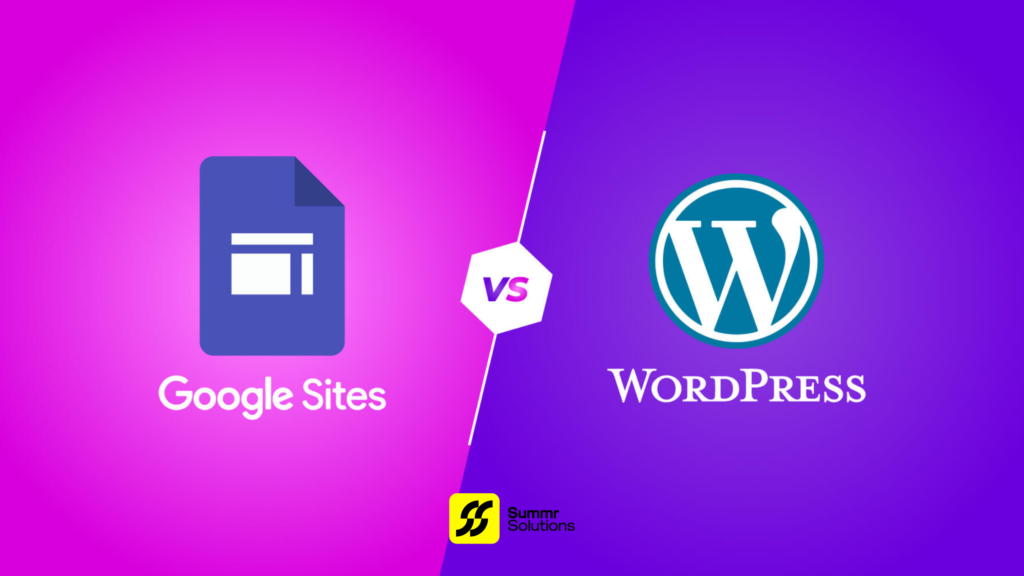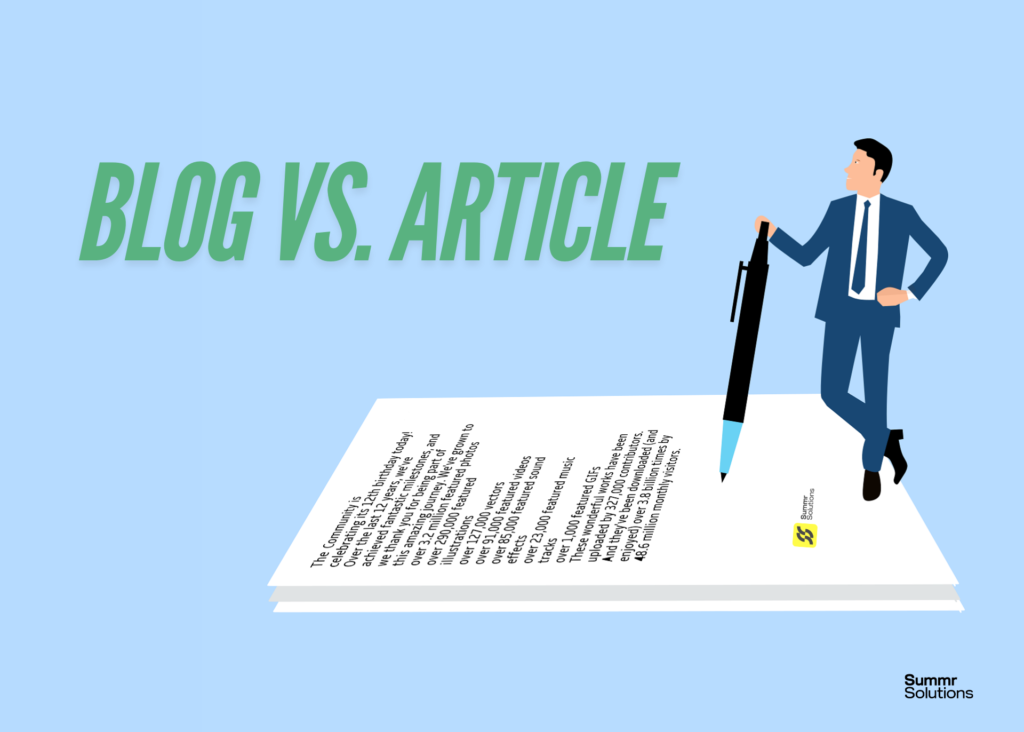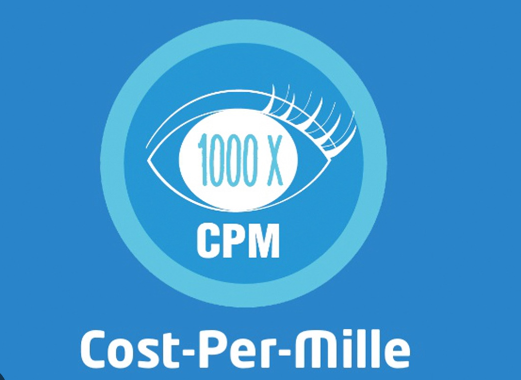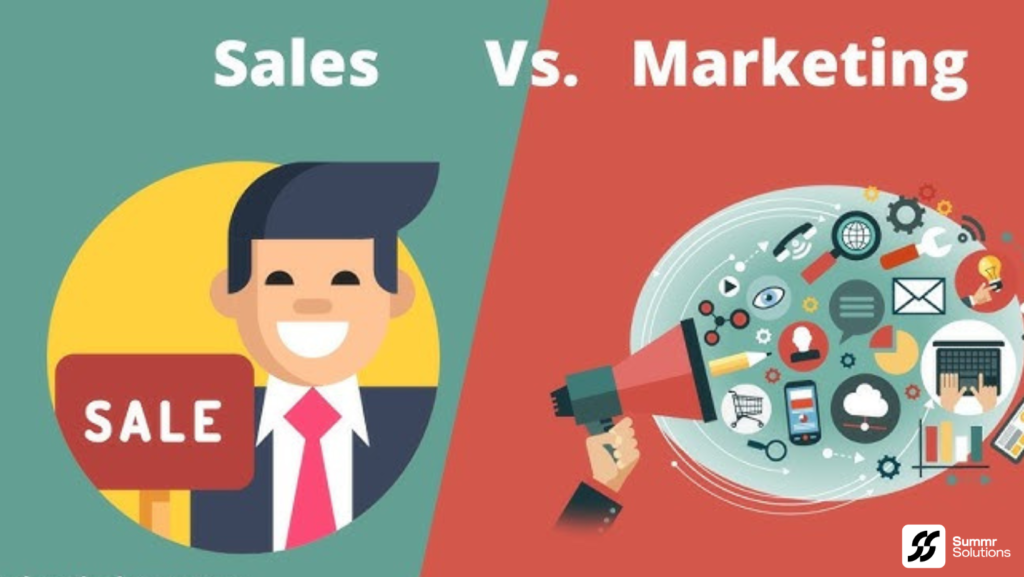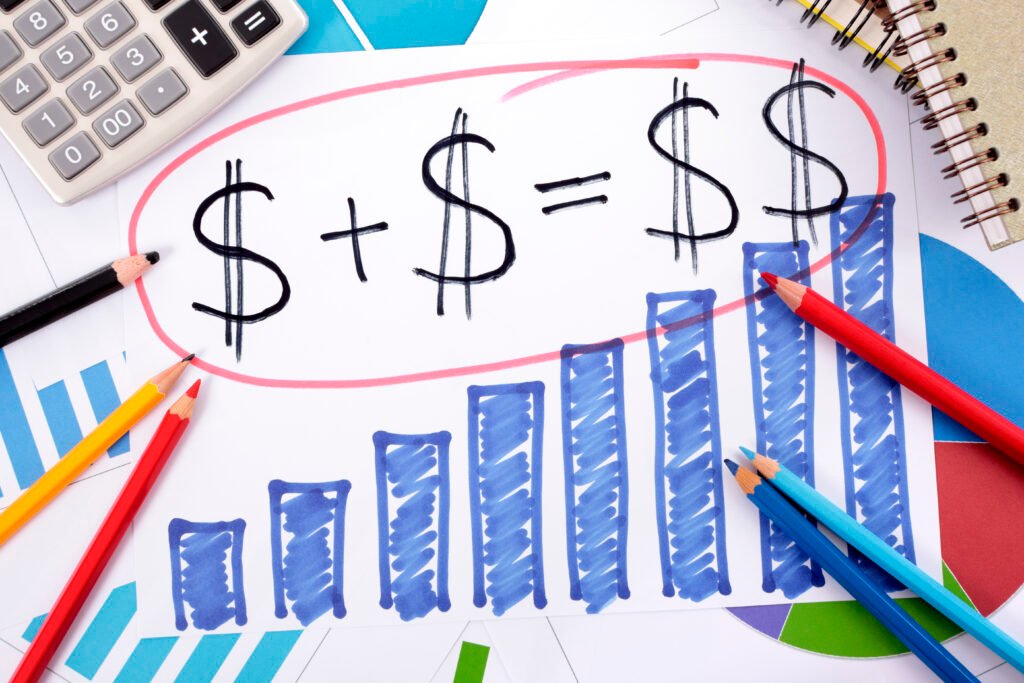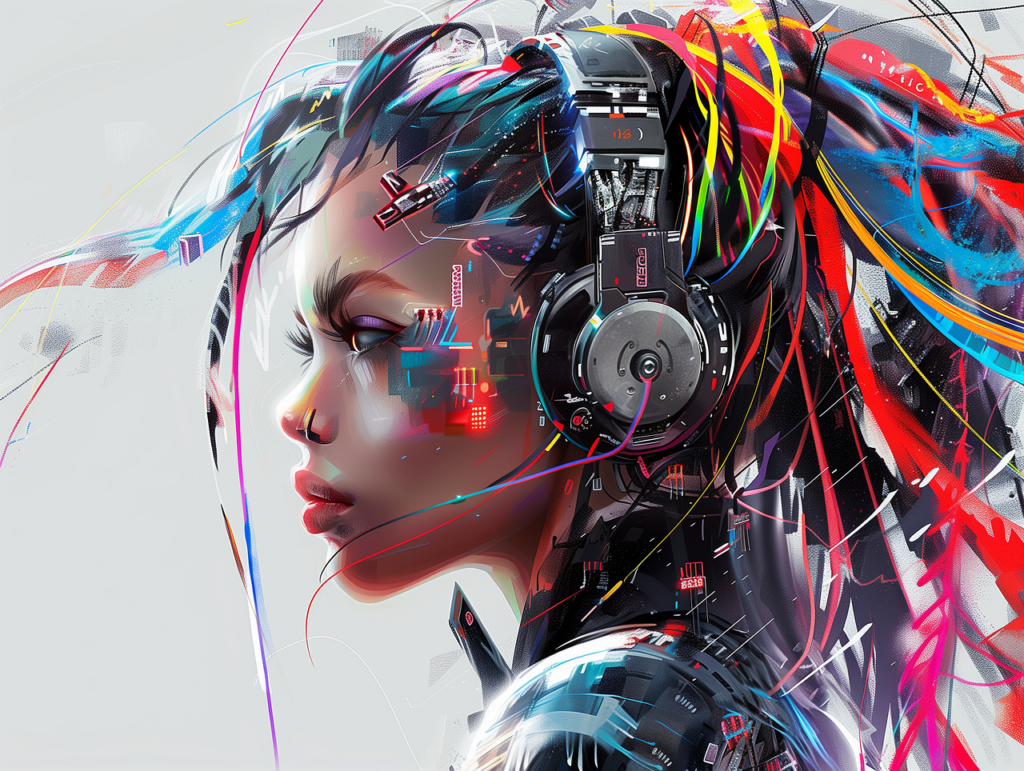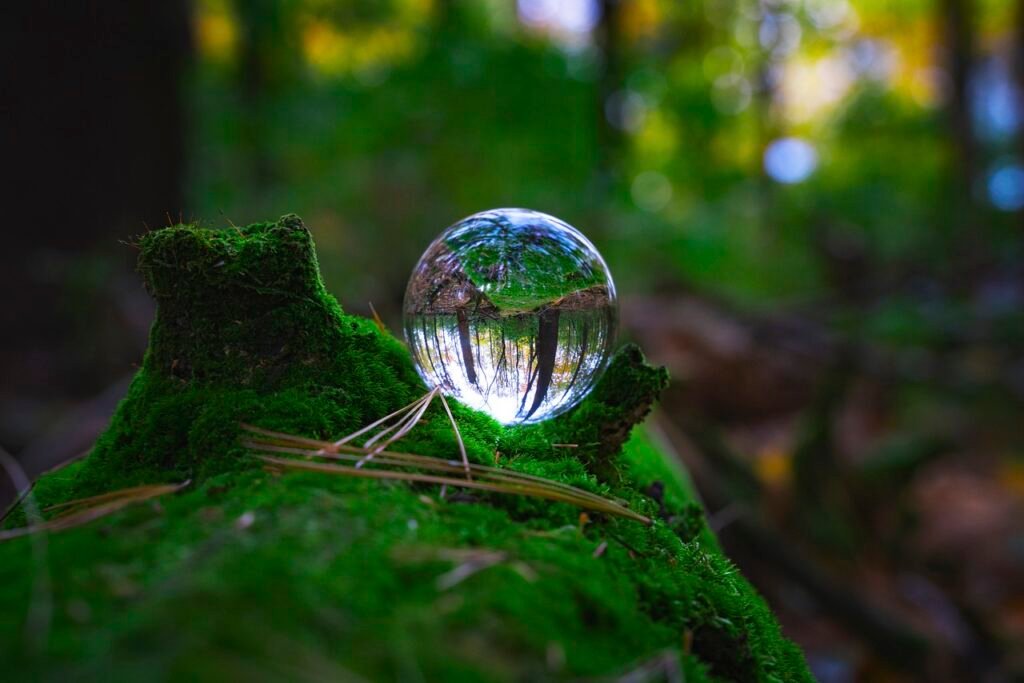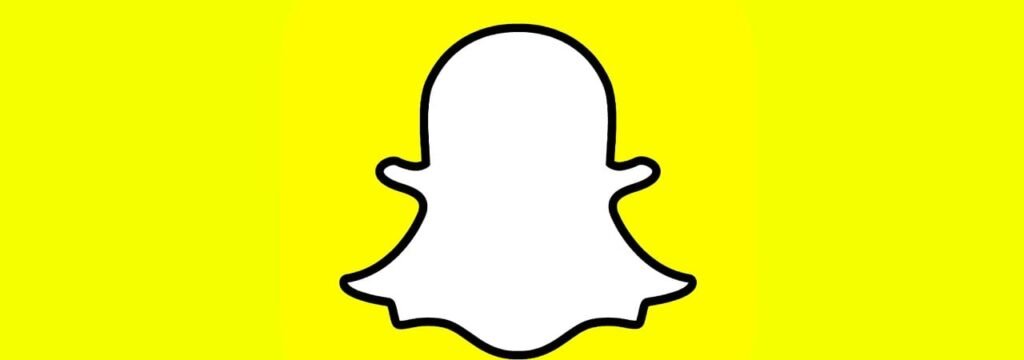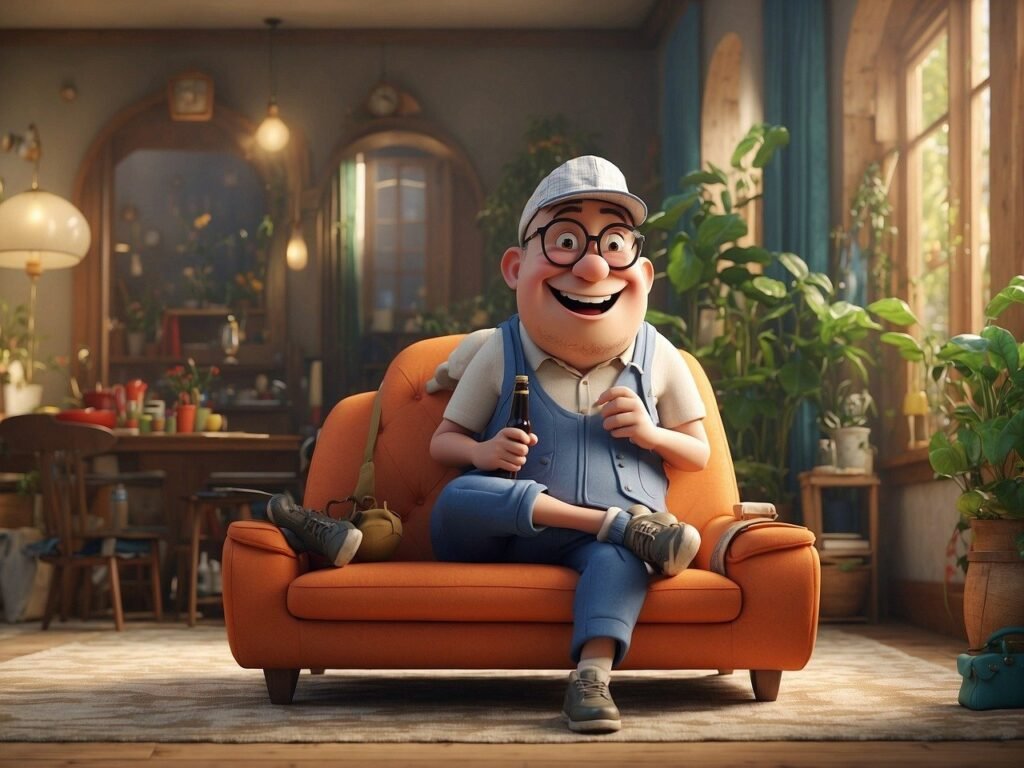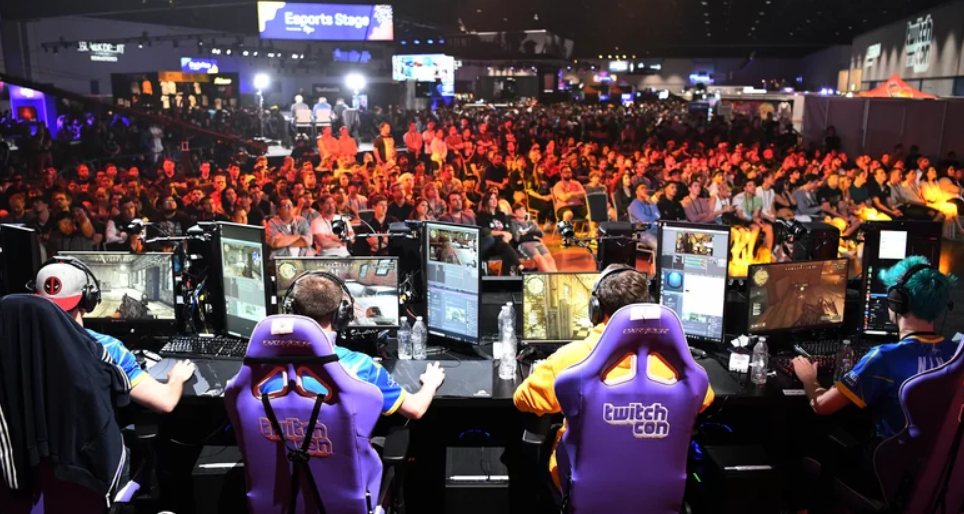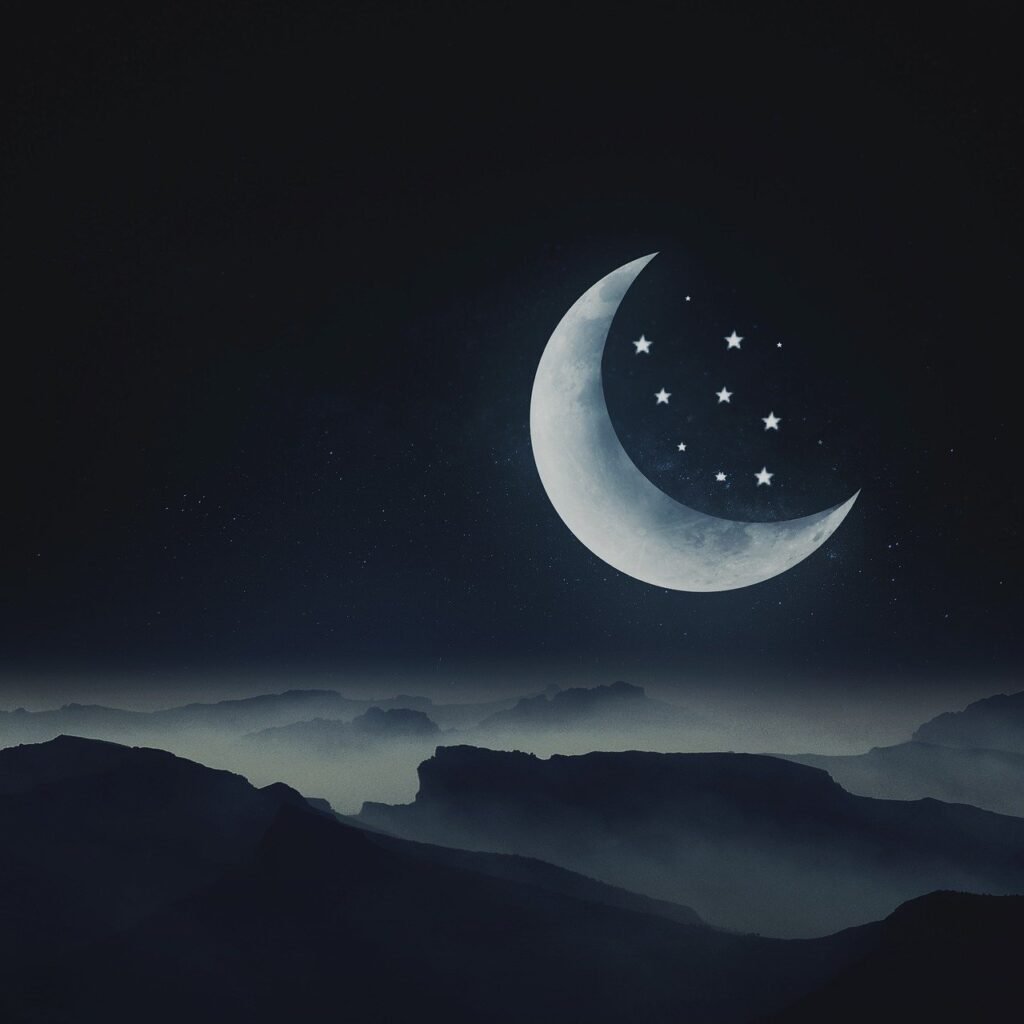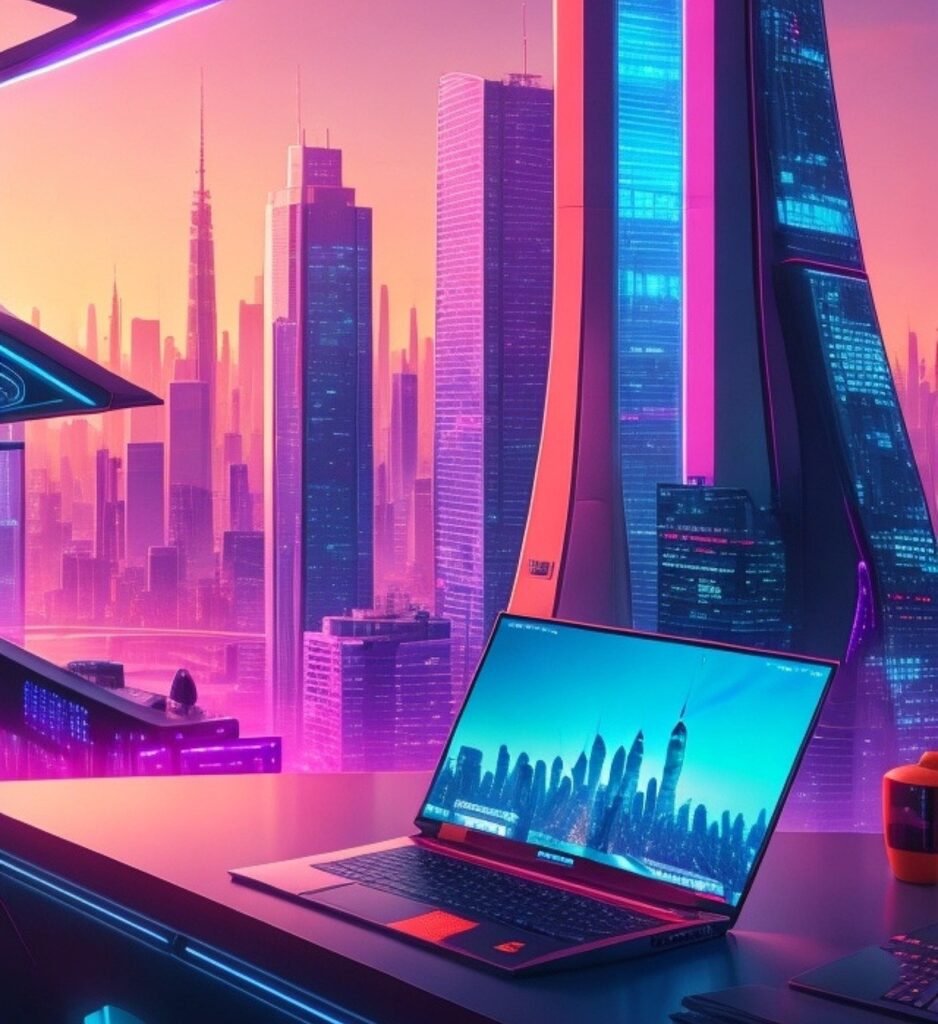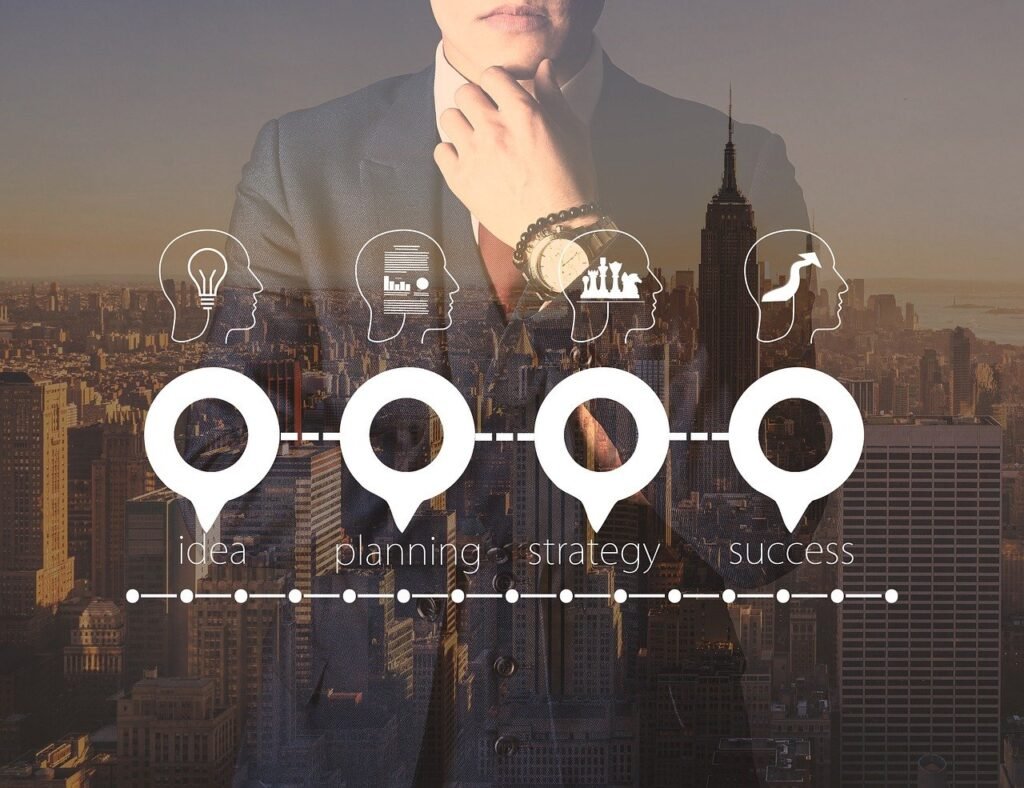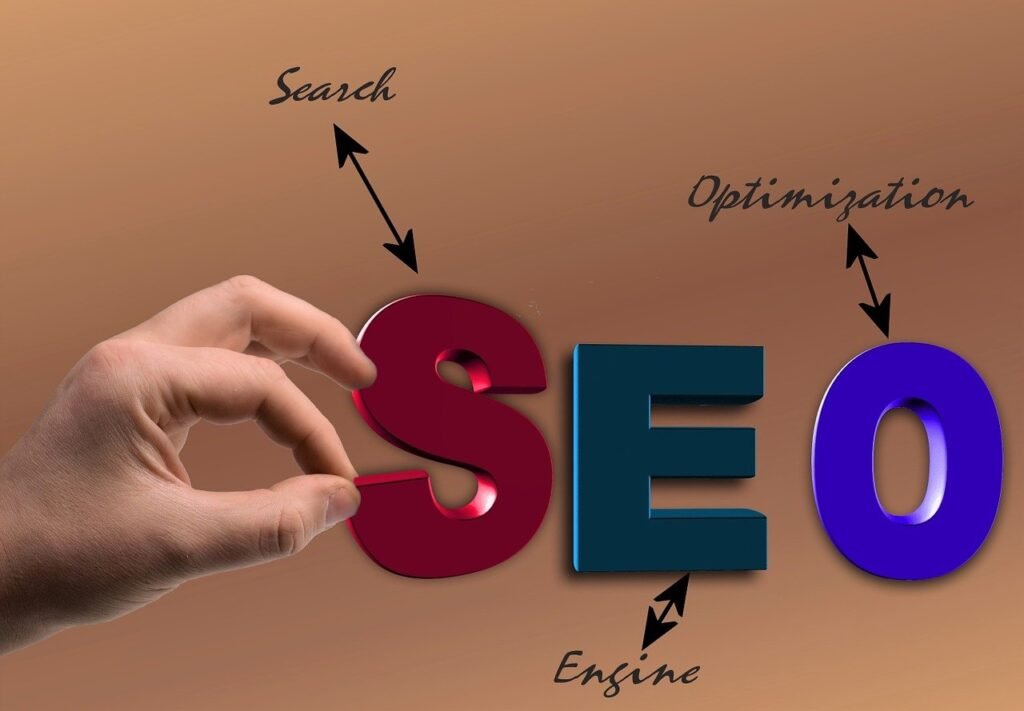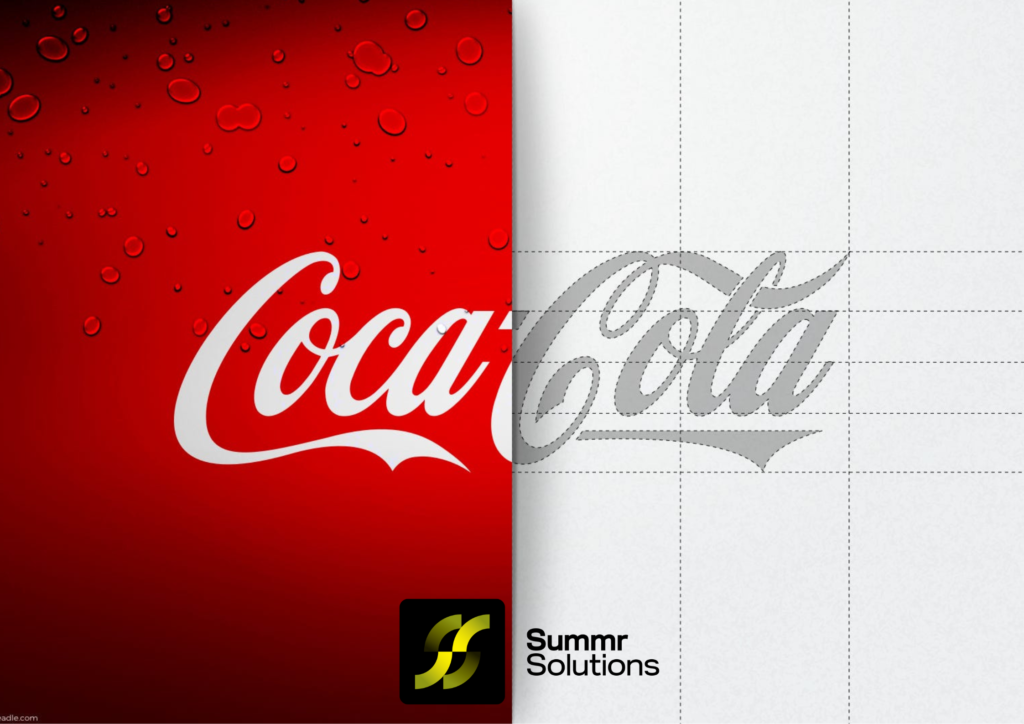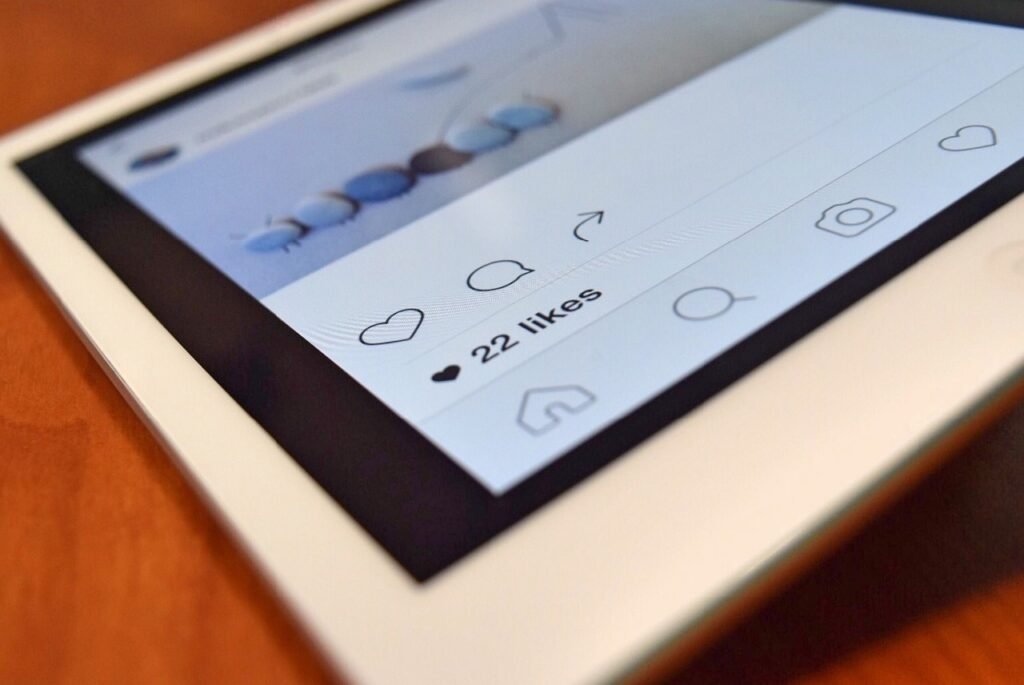Design is a language, and just like any language, it has its own vocabulary that helps communicate ideas, aesthetics, and functionality. Whether you’re a seasoned designer or someone starting to explore the world of design, understanding these 99 descriptive design words will help you navigate the complex field of design with ease.
1. Minimalist
Minimalist design emphasizes simplicity, using clean lines, limited colors, and ample white space. It focuses on the essentials and removes unnecessary elements.
2. Modern
Modern design features sleek lines, bold typography, and a focus on functionality. It often uses geometric shapes, bright colors, and innovative technologies.
3. Vintage
Vintage design evokes nostalgia, typically using aged textures, muted colors, and retro typography to create a sense of history or a bygone era.
4. Rustic
Rustic design is grounded in natural materials like wood and stone, creating a warm, earthy, and homey atmosphere. It’s often associated with countryside living.
5. Contemporary
Contemporary design is ever-evolving and reflects current trends, often combining various elements of modern and traditional design to create fresh aesthetics.
6. Bohemian
Bohemian design embraces eclectic, free-spirited elements, often incorporating vibrant colors, ethnic patterns, and a mix of vintage and modern furniture.
7. Scandinavian
Scandinavian design focuses on minimalism, functionality, and clean lines, often using light wood, neutral tones, and simple, functional furniture.
8. Industrial
Industrial design draws inspiration from factories and urban environments, often featuring raw materials, exposed elements, and a utilitarian aesthetic.
9. Art Deco
Art Deco is a design style known for its geometric patterns, luxurious materials, and bold colors. It embodies the opulence of the 1920s and 1930s.
10. Futuristic
Futuristic design incorporates advanced technologies and sleek, dynamic elements to create an aesthetic that looks ahead to the future.
11. Gothic
Gothic design is dramatic and dark, often using deep, rich colors, intricate patterns, and ornate details. It can evoke a sense of mystery or even horror.
12. Victorian
Victorian design is characterized by ornate details, dark wood, rich colors, and luxurious fabrics. It evokes a sense of opulence and tradition.
13. Transitional
Transitional design blends elements from both traditional and contemporary styles, creating a balanced, neutral aesthetic that feels timeless and versatile.
14. Mid-Century Modern
Mid-century modern design is characterized by clean lines, functional form, and organic shapes. It incorporates natural materials like wood and embraces simplicity.
15. Shabby Chic
Shabby chic is a soft, feminine design style that embraces distressed furniture, pastel colors, and floral patterns. It creates a comfortable, vintage-inspired space.
16. Coastal
Coastal design draws inspiration from the beach and ocean, using light colors, natural textures, and nautical elements to create a relaxed, airy environment.
17. Farmhouse
Farmhouse design emphasizes comfort and simplicity, incorporating natural wood, vintage elements, and a cozy, rustic vibe that reflects country living.
18. Minimalist Scandinavian
Minimalist Scandinavian design combines the simplicity of minimalism with the functionality and natural elements of Scandinavian design, often using light wood and neutral tones.
19. Maximalist
Maximalist design is the opposite of minimalist, embracing bold colors, patterns, and textures in a rich, layered aesthetic. It encourages creativity and individuality.
20. Boho Chic
Boho chic blends eclectic, bohemian elements with modern design, often incorporating vibrant colors, ethnic patterns, and an abundance of textures.
21. Mediterranean
Mediterranean design is inspired by the coastal regions of Southern Europe, using earthy tones, rustic textures, and open, airy spaces to create a relaxed atmosphere.
22. Zen
Zen design focuses on simplicity, balance, and tranquility. It incorporates clean lines, natural materials, and calming colors to create a serene, peaceful environment.
23. Urban
Urban design incorporates modern elements with a nod to city living. It often features industrial materials, bold colors, and a minimalist, functional layout.
24. Luxury
Luxury design is characterized by high-end materials, elegant finishes, and sophisticated style. It incorporates exclusive elements to create a sense of wealth and indulgence.
25. Art Nouveau
Art Nouveau is an ornamental style known for its flowing, curved lines and organic forms. It often incorporates floral patterns and intricate detailing.
26. Neo-Classical
Neo-classical design draws inspiration from the classical art and architecture of ancient Greece and Rome. It often features columns, symmetrical layouts, and a sense of order.
27. Cottagecore
Cottagecore design is inspired by rural life and the idealization of nature. It features cozy, vintage elements like floral patterns, soft pastels, and natural materials.
28. Steampunk
Steampunk design combines Victorian-era aesthetics with futuristic technology, featuring brass, gears, and clockwork elements in a retro-futuristic style.
29. Pop Art
Pop Art is characterized by bold, graphic visuals and bright, saturated colors. It draws inspiration from popular culture, mass media, and consumerism.
30. Cyberpunk
Cyberpunk is a futuristic, dystopian design style that blends high-tech elements with urban decay. It often incorporates neon lights, dark tones, and industrial aesthetics.
31. Retro
Retro design draws inspiration from the past, especially from the 1950s to the 1980s. It features bold colors, vintage typography, and nostalgic patterns.
32. Neo-Gothic
Neo-Gothic design incorporates elements from the Gothic style but with modern influences, often featuring sharp lines, dark tones, and dramatic contrasts.
33. Postmodern
Postmodern design rejects traditional design rules, embracing eclectic, playful, and ironic elements. It features bold colors, unusual shapes, and a mix of different styles.
34. Bauhaus
Bauhaus is a design movement that combines functional form with simple, geometric shapes. It emphasizes minimalism, symmetry, and the use of industrial materials.
35. Deconstructivism
Deconstructivism is an architectural and design movement that challenges traditional forms and structures. It embraces fragmented shapes, sharp angles, and a sense of chaos.
36. Neo-Futurism
Neo-futurism is a forward-thinking design style that combines futuristic aesthetics with innovative technology. It features smooth, flowing forms and cutting-edge materials.
37. Preppy
Preppy design is inspired by the style of Ivy League schools, often using classic, clean lines, bright colors, and preppy patterns like stripes and plaids.
38. Street Style
Street style design is inspired by urban fashion and graffiti culture. It’s bold, edgy, and often incorporates elements of rebellion and individuality.
39. Tropical
Tropical design brings the lush, vibrant colors and patterns of tropical climates indoors. It often includes bold greens, florals, and a relaxed, vacation-inspired vibe.
40. Glam
Glam design is glamorous and luxurious, featuring rich textures, metallic finishes, and high-end materials to create an opulent, sophisticated atmosphere.
41. Transitional Modern
Transitional modern design blends contemporary style with traditional elements. It strikes a balance between classic and current trends, often with a neutral color palette.
42. Neo-Renaissance
Neo-Renaissance design draws inspiration from the art and architecture of the Renaissance period. It often features intricate details, symmetry, and classical motifs.
43. Environmental Design
Environmental design focuses on creating spaces that respond to the natural environment. It incorporates elements like light, air, and natural materials to enhance the user experience.
44. Digital
Digital design embraces technology, often incorporating interactive elements and digital tools. It’s heavily used in the creation of websites, apps, and virtual environments.
45. Hygge
Hygge design is inspired by the Danish concept of coziness and well-being. It emphasizes comfort, warmth, and a sense of relaxation, often incorporating soft textures and warm lighting.
46. Fantasy
Fantasy design draws from imaginative worlds, often including magical or surreal elements. It can incorporate bold, otherworldly visuals and fantastical creatures.
47. Organic Modern
Organic modern design combines natural materials and organic forms with modern aesthetics. It features flowing shapes, neutral tones, and an emphasis on sustainability.
48. Pop Culture
Pop culture design embraces trends, celebrities, and themes from popular media. It incorporates bold, graphic elements and often makes a statement about society.
49. Luxury Minimalism
Luxury minimalism focuses on creating elegant spaces with minimal decoration. It features high-end materials, neutral tones, and simple, refined lines.
50. Cultural
Cultural design is inspired by the arts and traditions of various cultures. It incorporates symbols, colors, and patterns unique to a specific group of people or region.
51. Sustainable
Sustainable design focuses on eco-friendly materials, energy efficiency, and minimizing environmental impact. It incorporates natural, recyclable materials and reduces waste in the design process.
52. Vivid
Vivid design incorporates bright, bold colors that are highly saturated. This style creates an energetic and attention-grabbing atmosphere.
53. Geometric
Geometric design uses shapes like squares, triangles, and circles to create patterns or forms. It emphasizes symmetry, structure, and balance, often with a modern or abstract feel.
54. Flat Design
Flat design avoids three-dimensional elements, focusing on minimalism, simple shapes, and bright colors. It’s clean, simple, and functional.
55. Typography
Typography refers to the style, arrangement, and appearance of text. It includes choosing fonts, their size, color, and the layout in which they appear, making it one of the most critical design elements.
56. Monochrome
Monochrome design uses variations of one color, creating a cohesive and harmonious aesthetic. It simplifies color choices and often conveys a modern, minimalist feel.
57. Fractal
Fractal design uses self-replicating geometric patterns that grow and repeat. It can create complex, organic designs based on natural structures like trees or clouds.
58. Mosaic
Mosaic design involves arranging small pieces (tiles, glass, stones) to create a larger pattern or image. It’s often used in art, interior design, and architectural elements.
59. Victorian Gothic
Victorian Gothic combines the ornate detailing of the Victorian era with Gothic elements such as dark colors, dramatic contrasts, and elaborate designs, creating an antique yet darkly elegant atmosphere.
60. Flat Lay
Flat lay design arranges items on a flat surface and photographs them from above. This style is popular for showcasing products or creating visually appealing compositions.
61. Craftsmanship
Craftsmanship in design emphasizes handmade, high-quality, and detailed work. It focuses on the perfection of individual pieces, often with a focus on artisanal production methods.
62. Texture
Texture design refers to the surface quality of an object or material, whether smooth, rough, soft, or hard. It’s used to add depth and dimension to designs through tactile visual effects.
63. Negative Space
Negative space is the space around and between the subject(s) of an image or design. Effective use of negative space can create balance and clarity, making the design visually interesting and easy to navigate.
64. Retro-futurism
Retro-futurism blends elements of both past and future design. It takes old-fashioned visions of the future and reinterprets them with modern design principles.
65. Photorealism
Photorealism aims to create artwork or designs that appear as lifelike and detailed as a photograph. It requires careful attention to texture, light, and shading.
66. Dystopian
Dystopian design features bleak, often oppressive aesthetics. It often incorporates dark color schemes, futuristic technology, and urban decay, invoking themes of isolation and societal collapse.
67. Expressionism
Expressionism in design conveys emotional experience rather than reality. It often uses vivid colors, distorted forms, and exaggerated proportions to reflect inner feelings.
68. Eclectic
Eclectic design is a mix of different styles, periods, and materials. It allows for a unique, personalized aesthetic by blending unexpected elements together.
69. Luxe
Luxe design focuses on luxury and sophistication, incorporating high-end materials, elegant finishes, and attention to detail to create a rich, indulgent atmosphere.
70. Handcrafted
Handcrafted design emphasizes items or spaces made with skilled craftsmanship. These designs have a unique, personal touch that sets them apart from mass-produced pieces.
71. Organic
Organic design emphasizes natural forms, often using curves, flowing lines, and irregular shapes that mimic nature. It embraces a harmonious relationship between design and the environment.
72. Color Blocking
Color blocking involves combining solid blocks of contrasting colors in a design. It creates a striking, bold look and is often used in fashion, interior design, and graphic design.
73. Modular
Modular design is based on the principle of using individual, interchangeable components. These pieces can be rearranged or replaced to create different configurations and uses.
74. Symmetry
Symmetry refers to balance in design, where elements are evenly distributed or mirrored. It’s often used to create harmony, structure, and a sense of order.
75. Asymmetry
Asymmetry is the opposite of symmetry and involves uneven distribution of design elements. This style is often used to create dynamic, visually stimulating compositions.
76. Neon
Neon design incorporates bright, glowing colors, often with a futuristic or urban feel. It evokes energy, vibrancy, and excitement, commonly seen in signs and advertisements.
77. Sculptural
Sculptural design involves creating three-dimensional forms that are artistic and often dramatic. These designs incorporate shapes and materials that create physical presence and visual interest.
78. Intuitive
Intuitive design is based on user experience and usability. It focuses on creating designs that feel natural, easy to understand, and effortless to navigate.
79. Dynamic
Dynamic design involves movement, energy, and change. It uses elements such as flowing lines, motion graphics, or dynamic layouts to convey a sense of action or transformation.
80. Muted
Muted design uses softer, less saturated colors. It’s calming and subtle, and often evokes a sophisticated, understated mood.
81. Translucent
Translucent design uses materials or elements that allow light to pass through but obscure detailed view. This style can create a sense of softness, mystery, or depth.
82. Interactive
Interactive design encourages users to engage with the design through actions like clicking, scrolling, or typing. It focuses on creating a responsive, engaging experience.
83. Kitsch
Kitsch design embraces bold, kitschy elements with a sense of irony or humor. It uses exaggerated colors, patterns, and nostalgic imagery to evoke a playful aesthetic.
84. Cybernetic
Cybernetic design incorporates futuristic, technology-driven elements, often influenced by computer systems and automation. It can include digital interfaces, smart elements, or high-tech materials.
85. Surreal
Surreal design combines unexpected, dream-like elements. It can feature bizarre juxtapositions, unusual proportions, or distorted realities to create an imaginative atmosphere.
86. Baroque
Baroque design is ornate, extravagant, and dramatic. It features intricate details, bold contrasts, and a sense of grandeur and luxury, often seen in architecture and art.
87. Folk Art
Folk art design is rooted in traditional crafts, often using bright colors, handcrafted elements, and folkloric motifs. It’s culturally rich and evokes a sense of authenticity.
88. Abstract
Abstract design uses shapes, colors, and forms to represent ideas or emotions rather than real objects. It allows for more freedom and interpretation in visual storytelling.
89. Industrial Chic
Industrial chic blends raw, unfinished elements with stylish, contemporary design. It uses materials like exposed metal, brick, and concrete while adding design elegance.
90. Tactile
Tactile design emphasizes texture and the physical experience of design. It incorporates materials that are interesting to touch, adding another sensory layer to the design.
91. Fringe
Fringe design incorporates fringed elements such as textiles, trims, or edges. It’s often bohemian or rustic in style, adding a playful, textural quality to designs.
92. Transitional Traditional
Transitional traditional design blends classic, timeless elements with modern influences. It combines traditional elegance with a more updated, functional approach to style.
93. Glamour
Glamour design is luxurious, elegant, and full of sophisticated charm. It’s often associated with rich textures like velvet, shiny metallics, and elegant lighting.
94. Zen Minimalism
Zen minimalism focuses on simplicity and tranquility, using few elements but with great care. It embraces a clean, uncluttered space that encourages peace and focus.
95. Neo-Classical Revival
Neo-Classical Revival design revives the grandeur of classical architecture. It features columns, symmetrical layouts, and elements drawn from the Renaissance and Ancient Greece and Rome.
96. Pragmatic
Pragmatic design is rooted in functionality, focusing on practical solutions to design challenges. It prioritizes usability and effectiveness over aesthetics.
97. Whimsical
Whimsical design is playful, imaginative, and often lighthearted. It incorporates fun shapes, colors, and patterns to create a joyful atmosphere.
98. Tropical Modern
Tropical modern design blends contemporary style with the vibrant and natural elements of tropical environments. It incorporates natural light, open spaces, and tropical foliage.
99. Avant-garde
Avant-garde design pushes the boundaries of creativity and innovation. It challenges traditional design norms and often incorporates unexpected, experimental elements to create something entirely new.
Conclusion
Each of these design terms reflects a unique aesthetic or approach to creativity. Whether you’re designing a website, a product, or an interior space, understanding these terms can help you craft a more intentional and impactful design. Embrace these concepts to transform your design ideas into visually appealing, functional, and meaningful experiences for your audience.
If you’re ready to take your design skills to the next level, contact us at Summr Solutions for expert design consultation and tailored strategies that bring your creative vision to life. Let’s collaborate and make your design dreams a reality!

